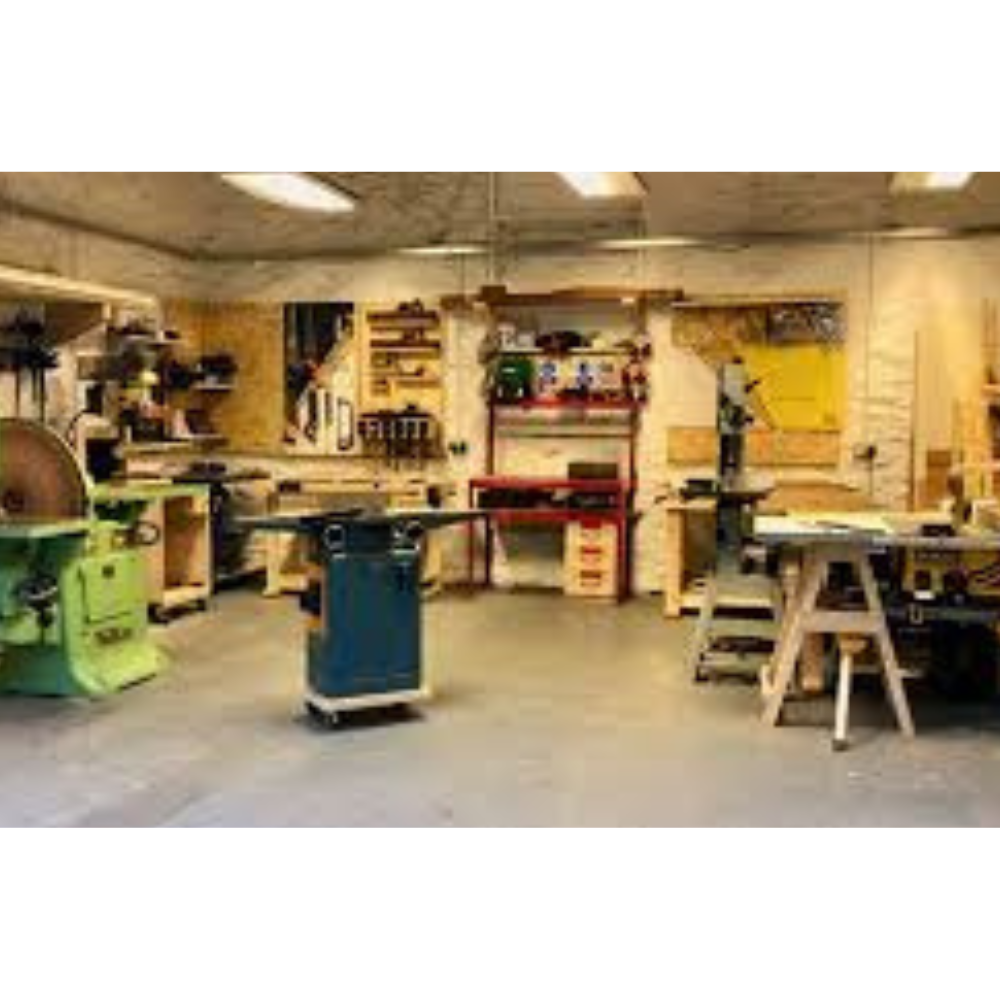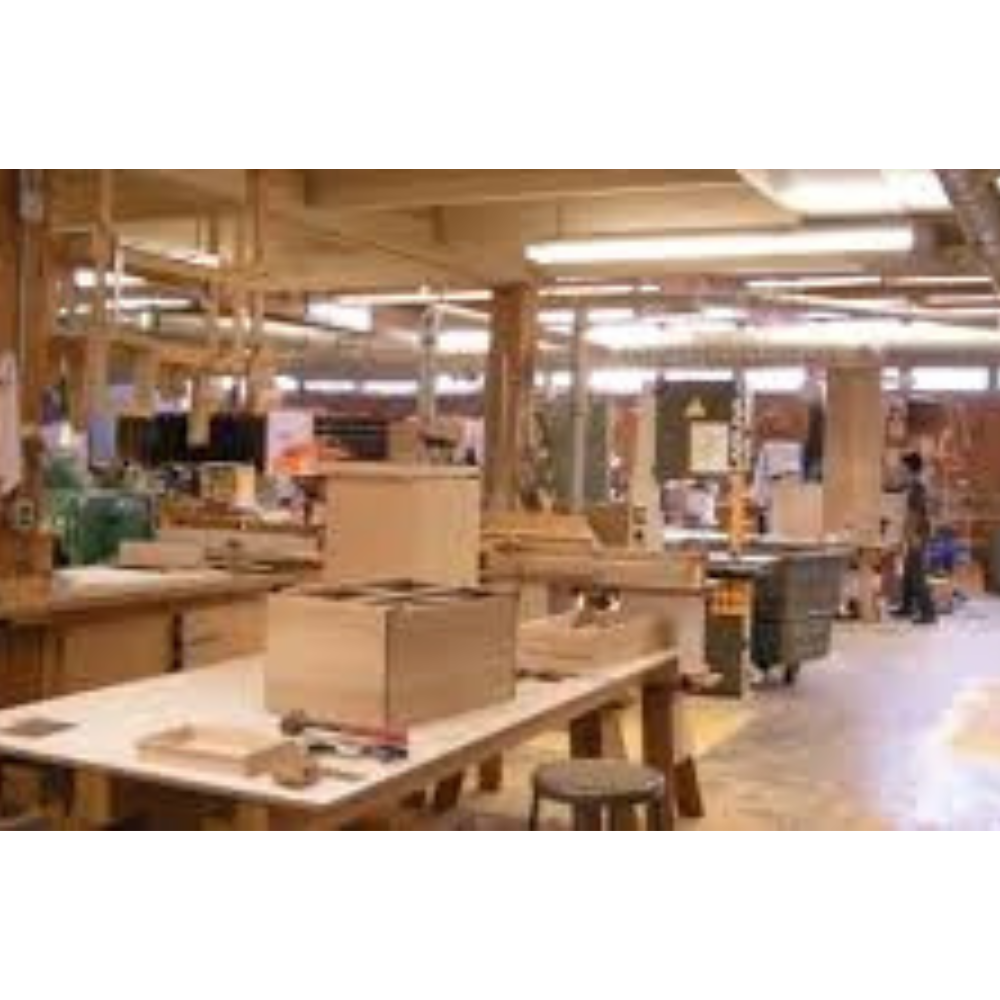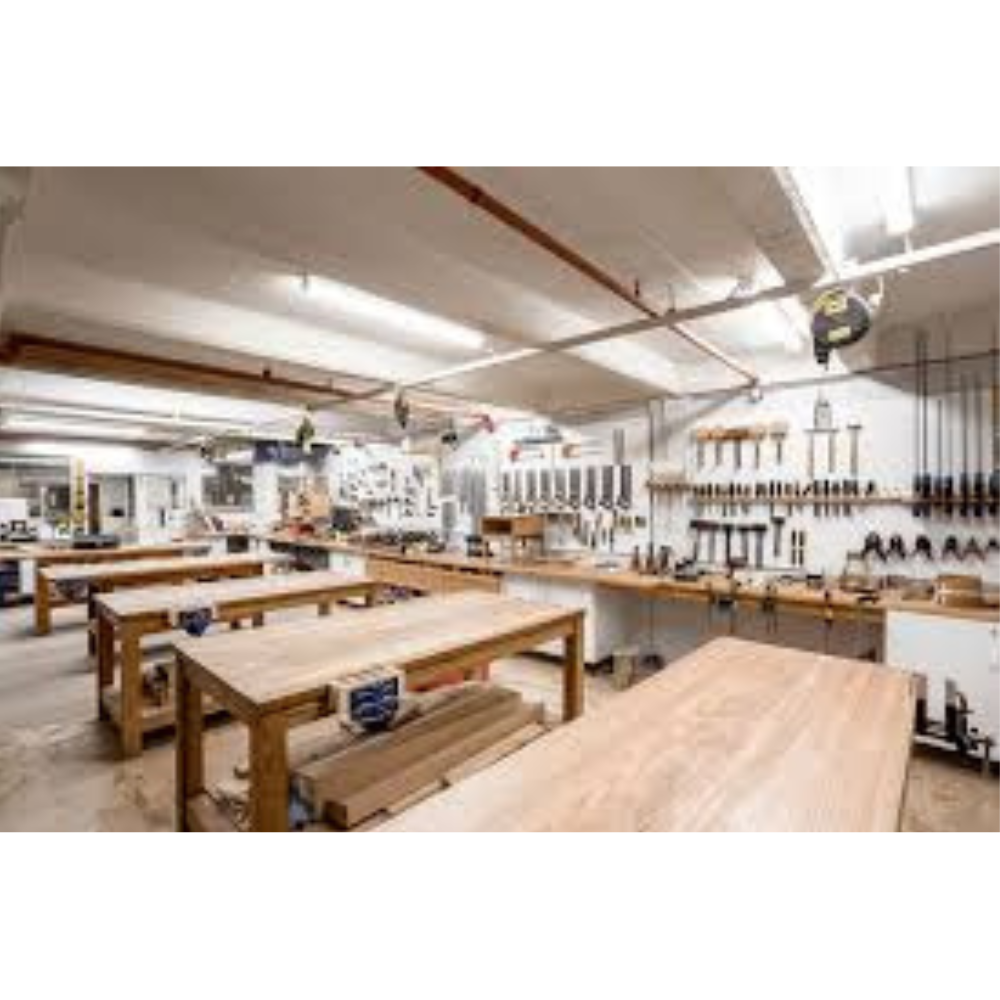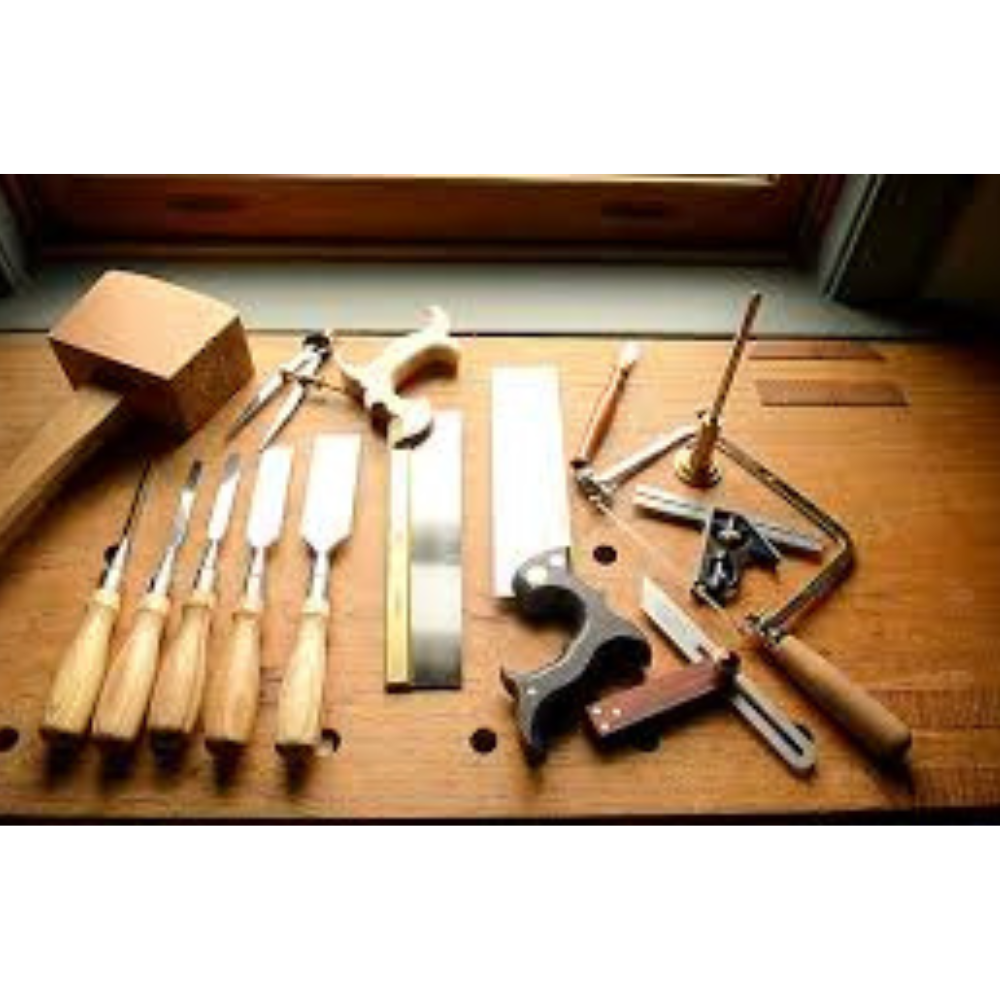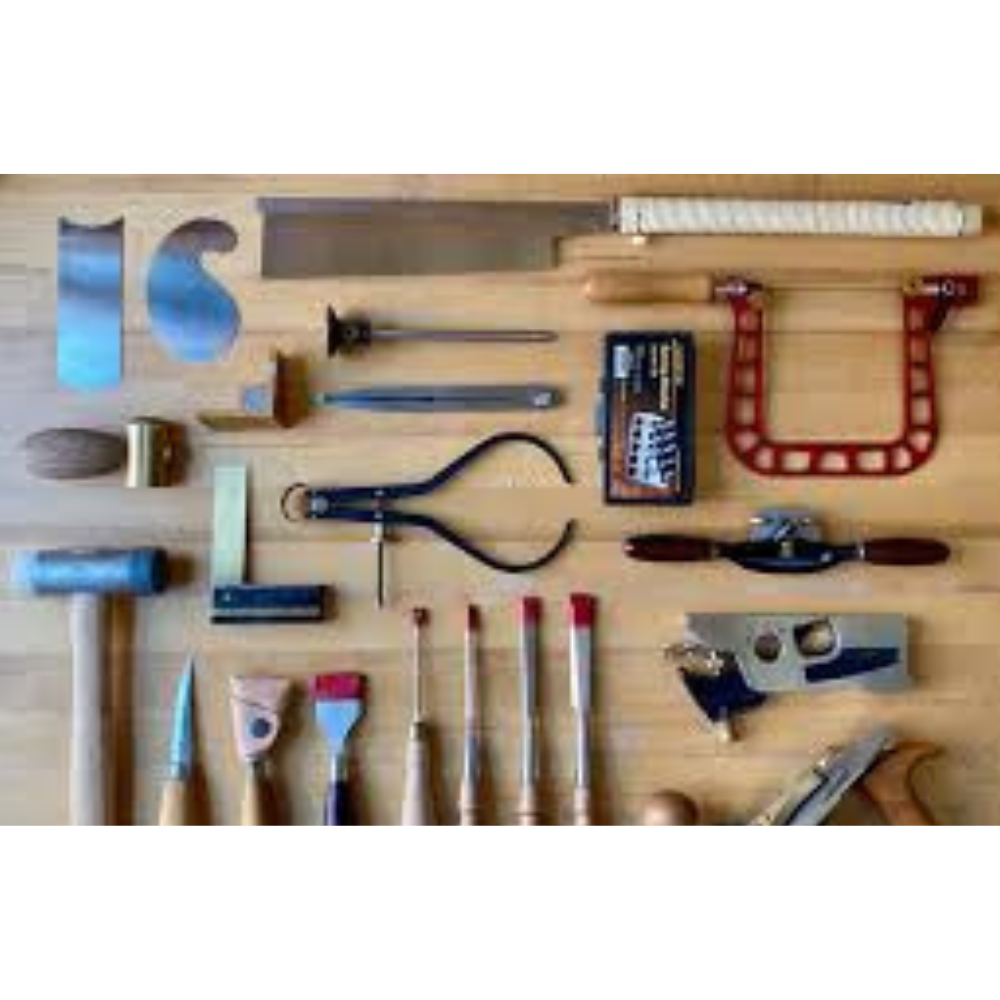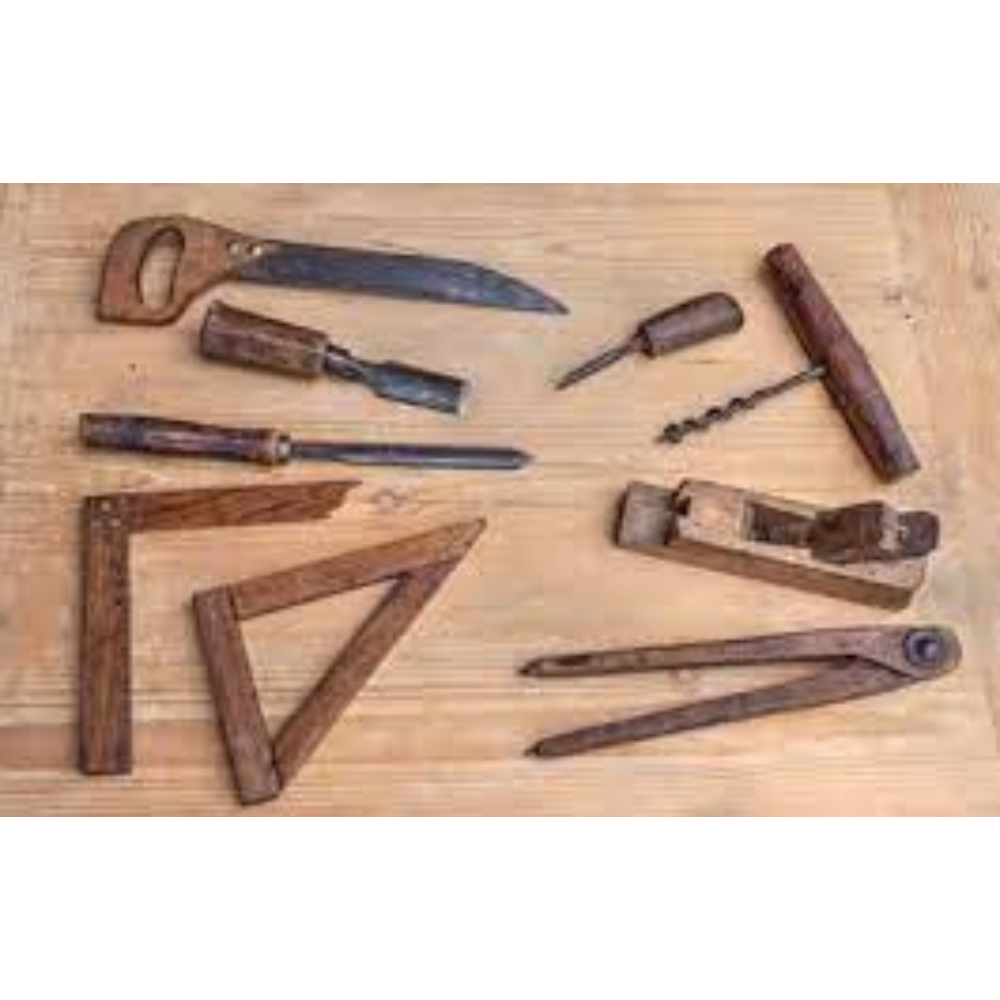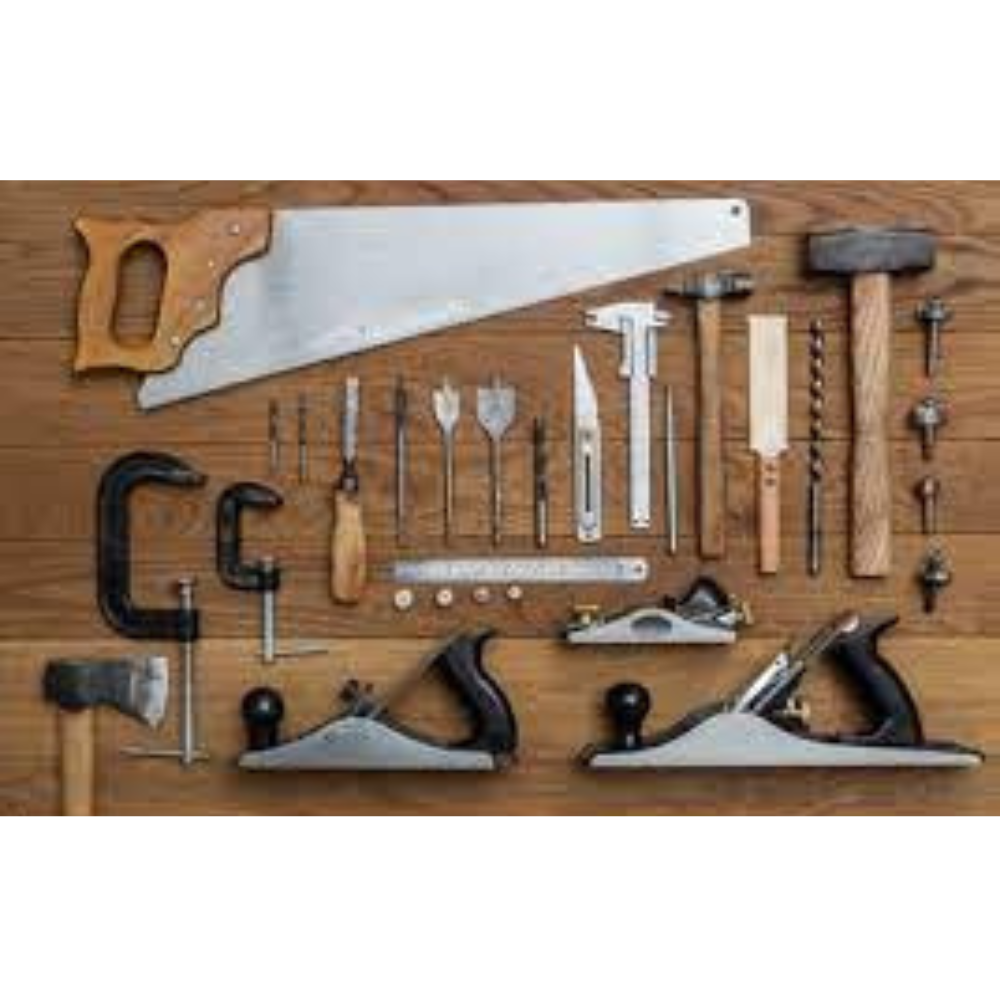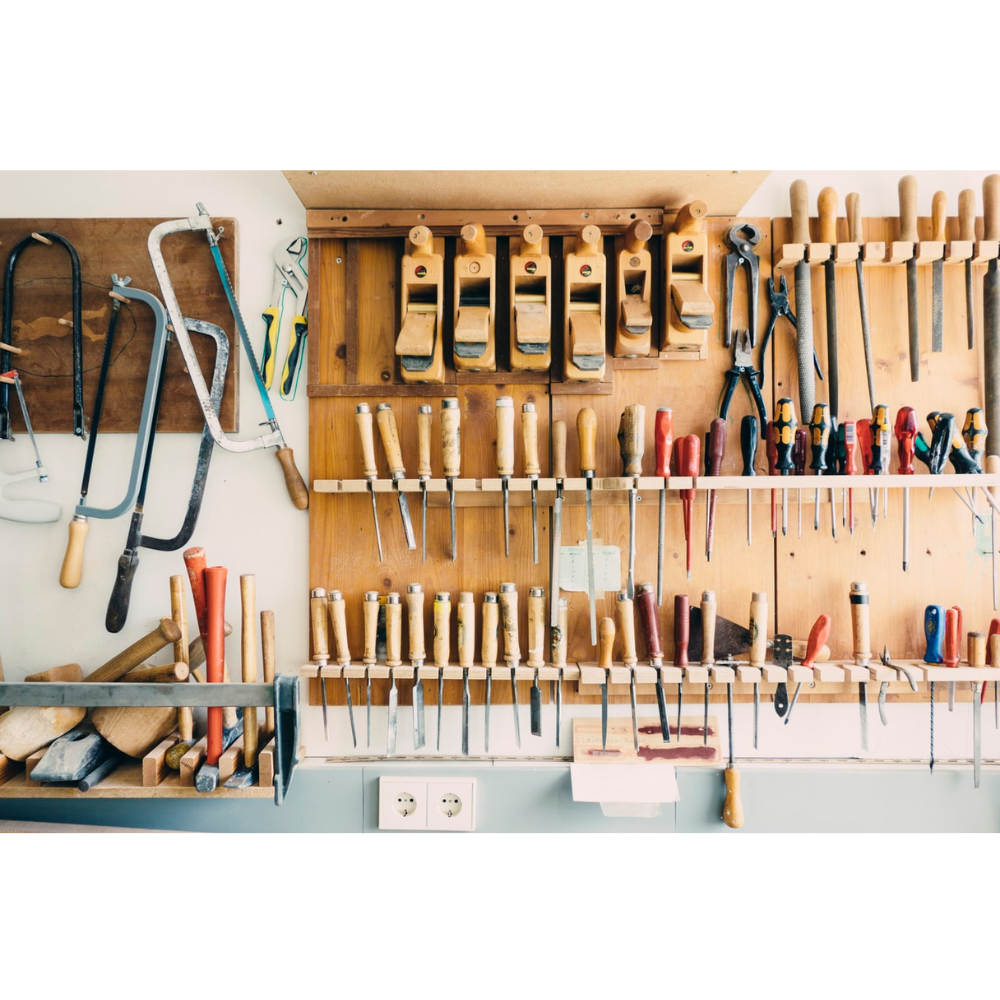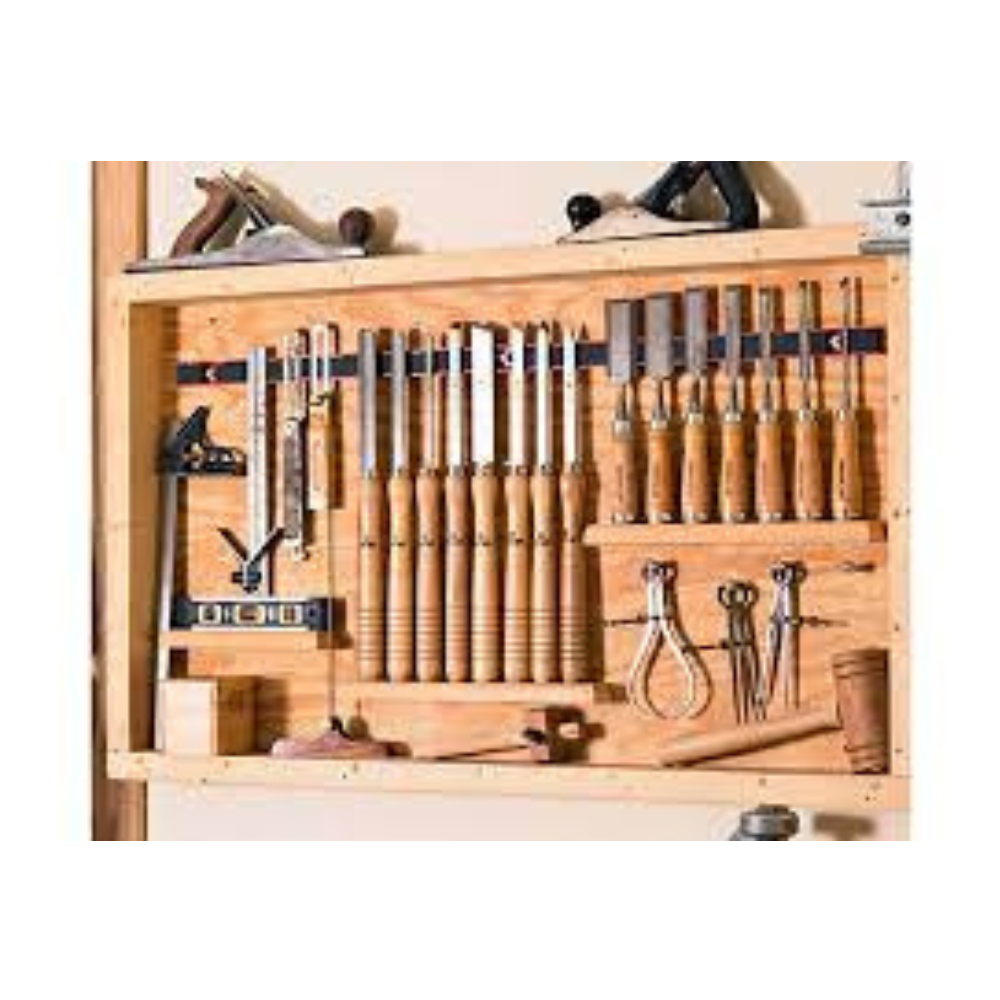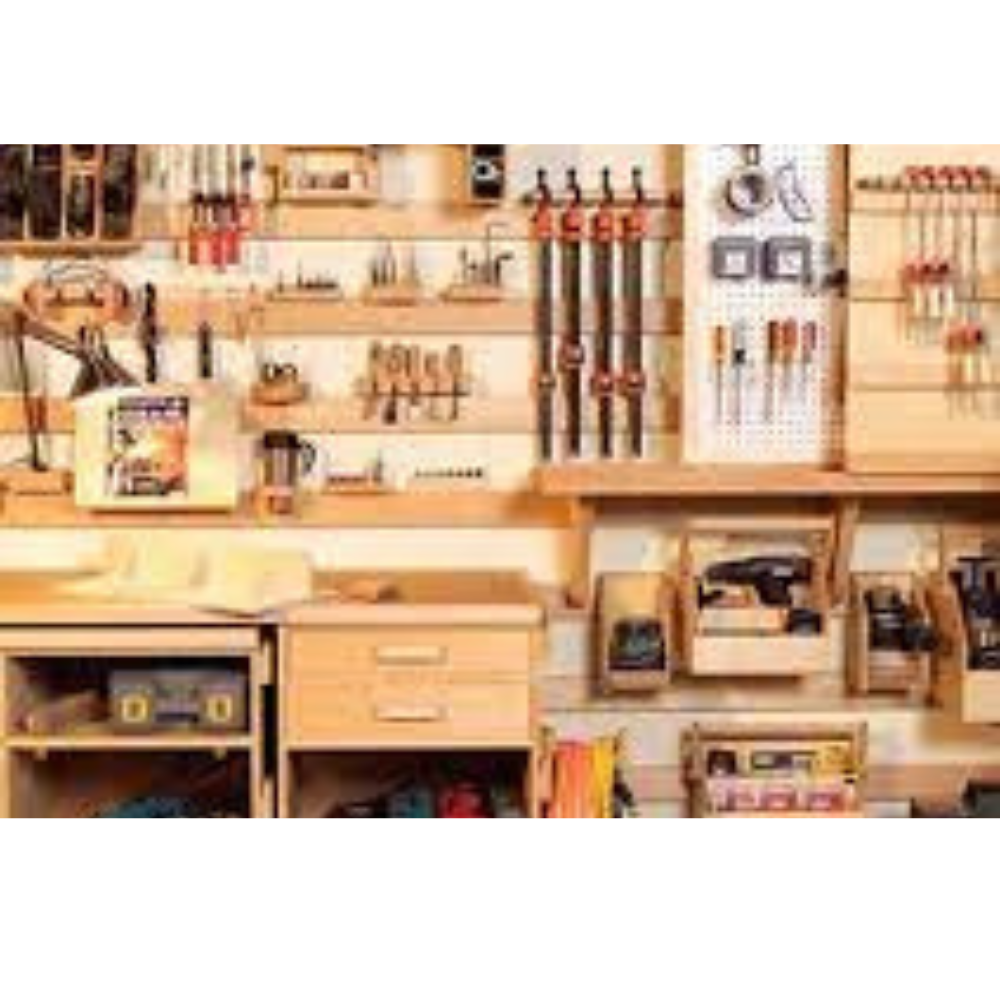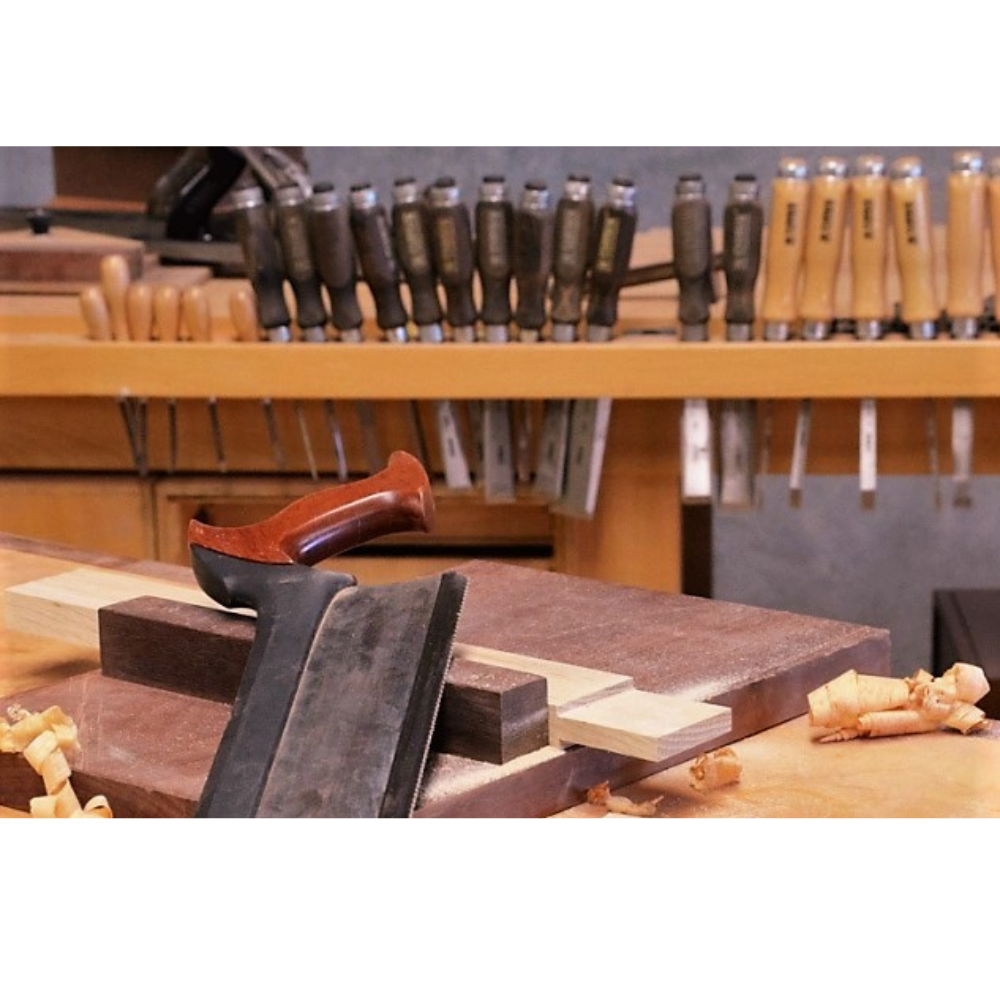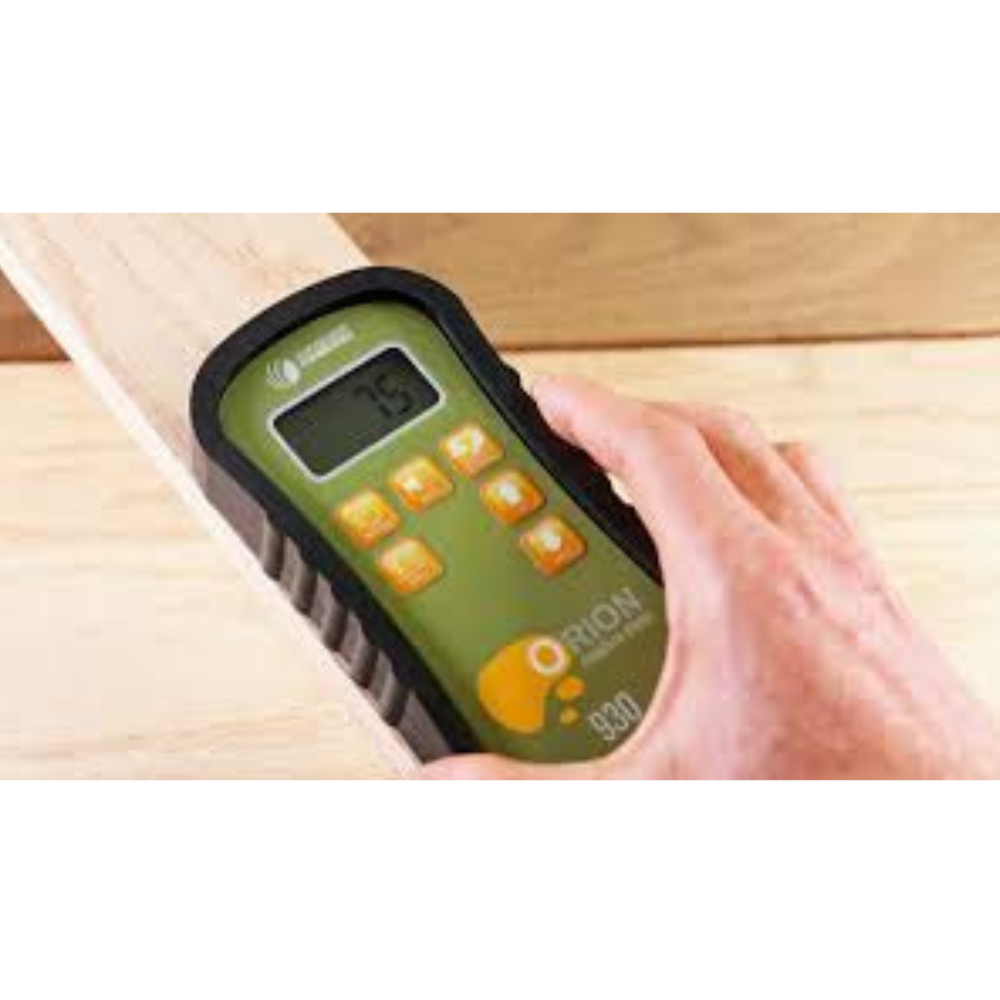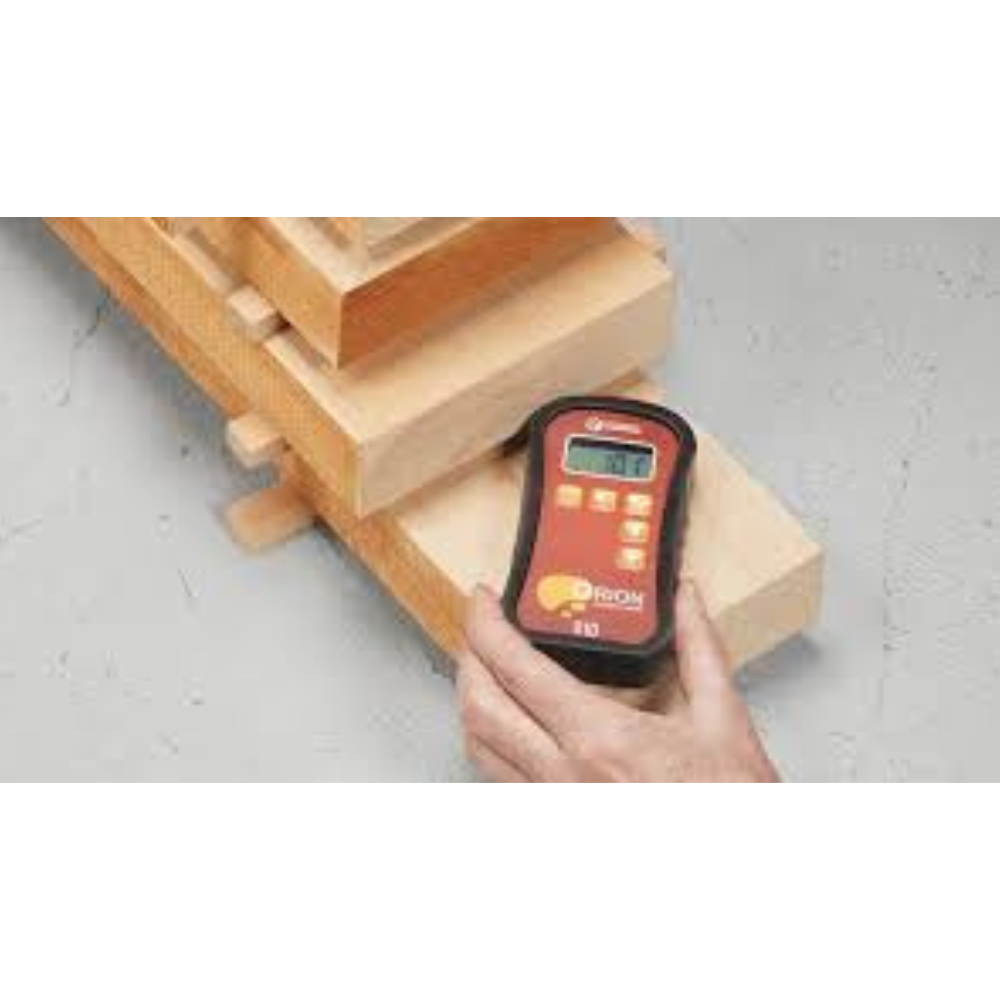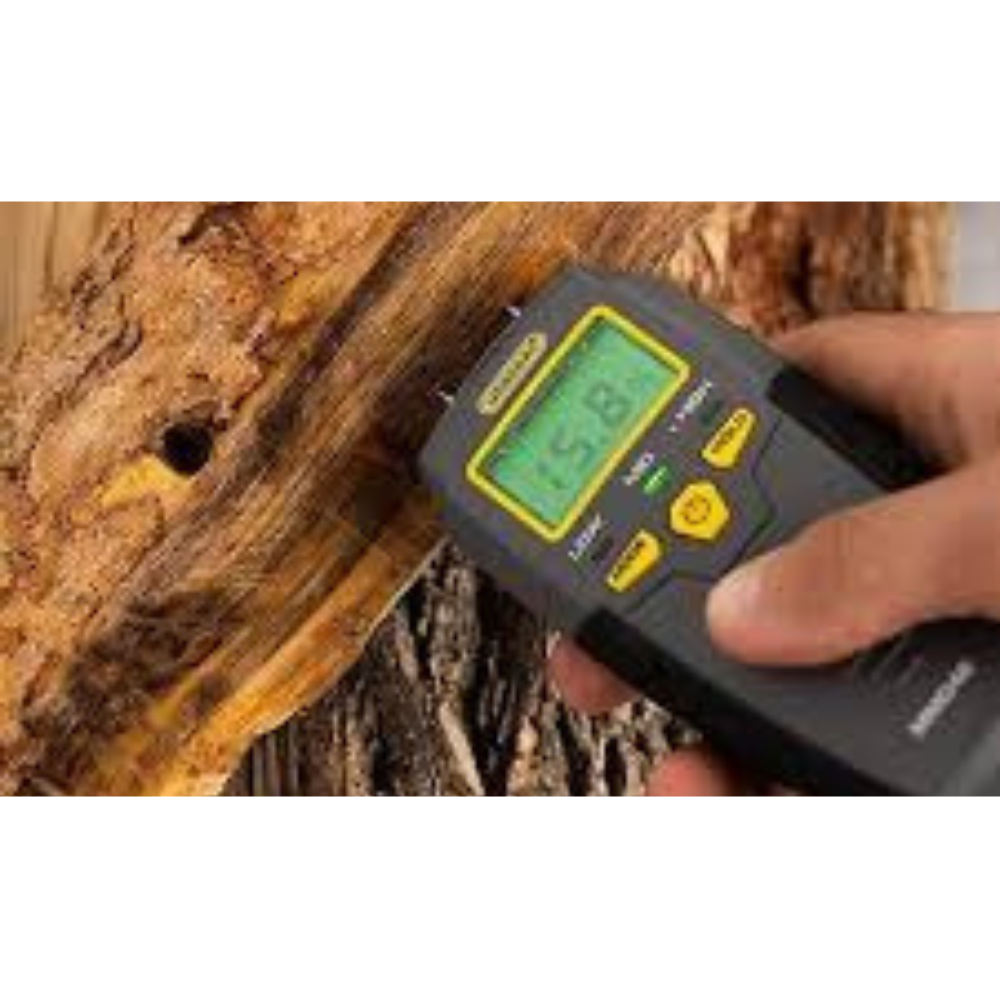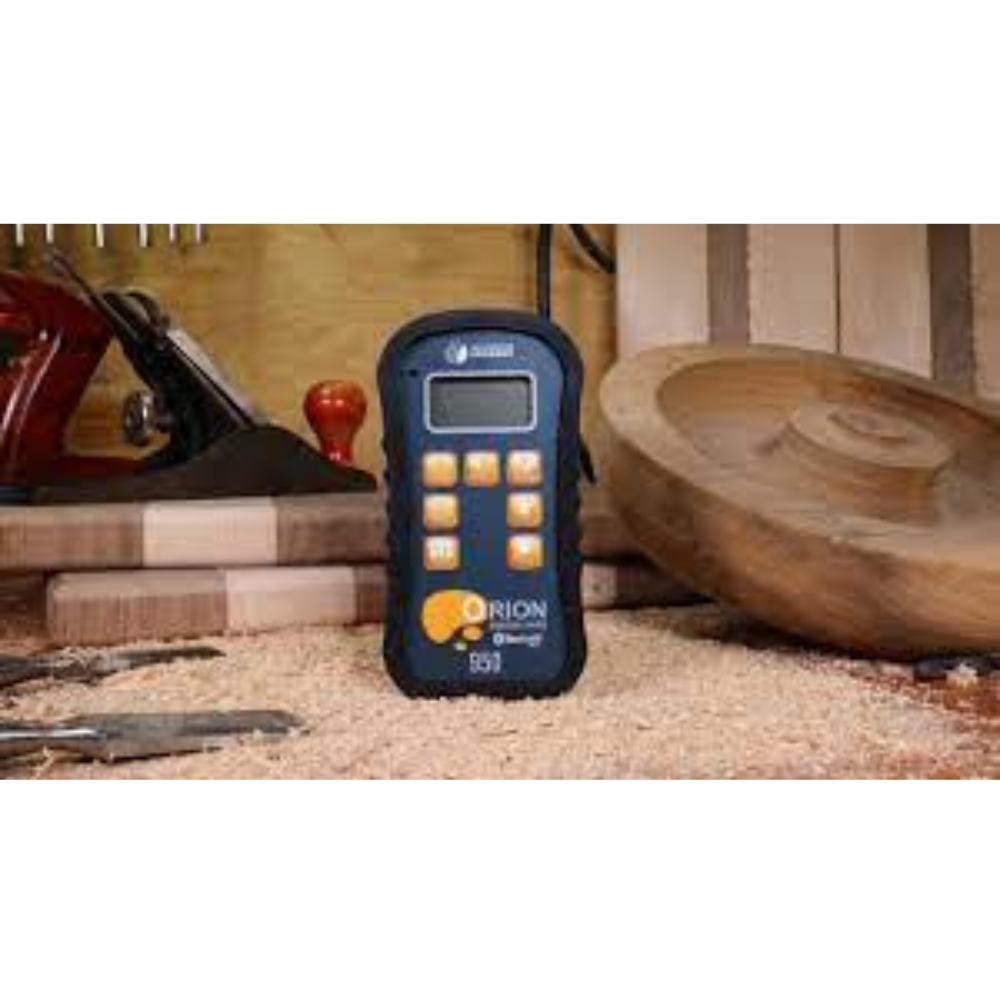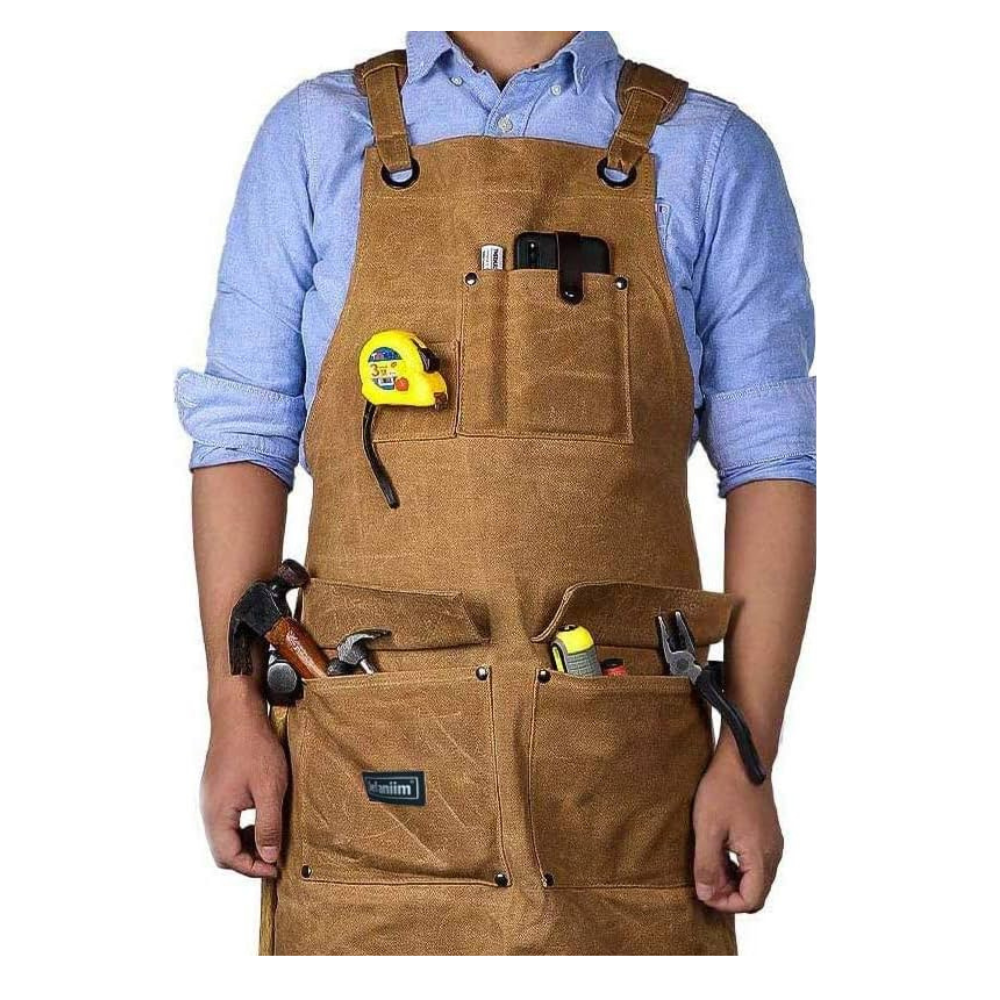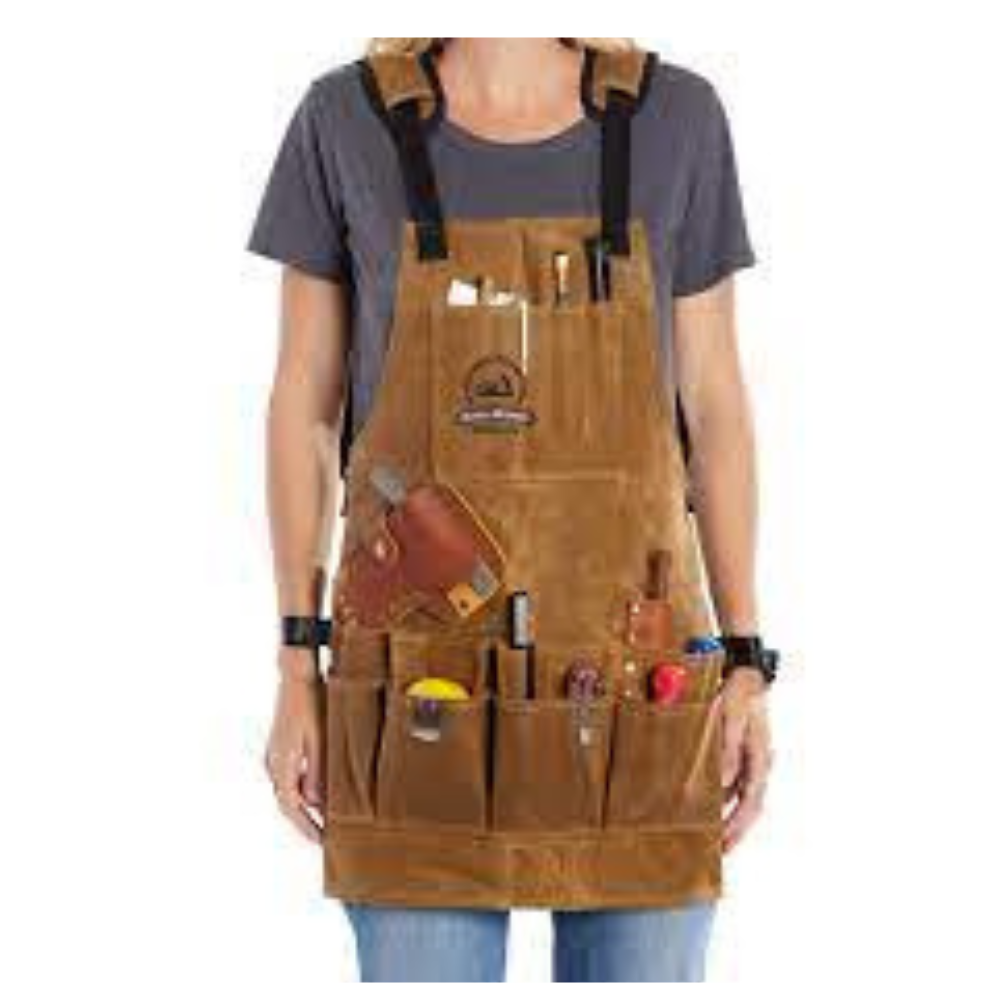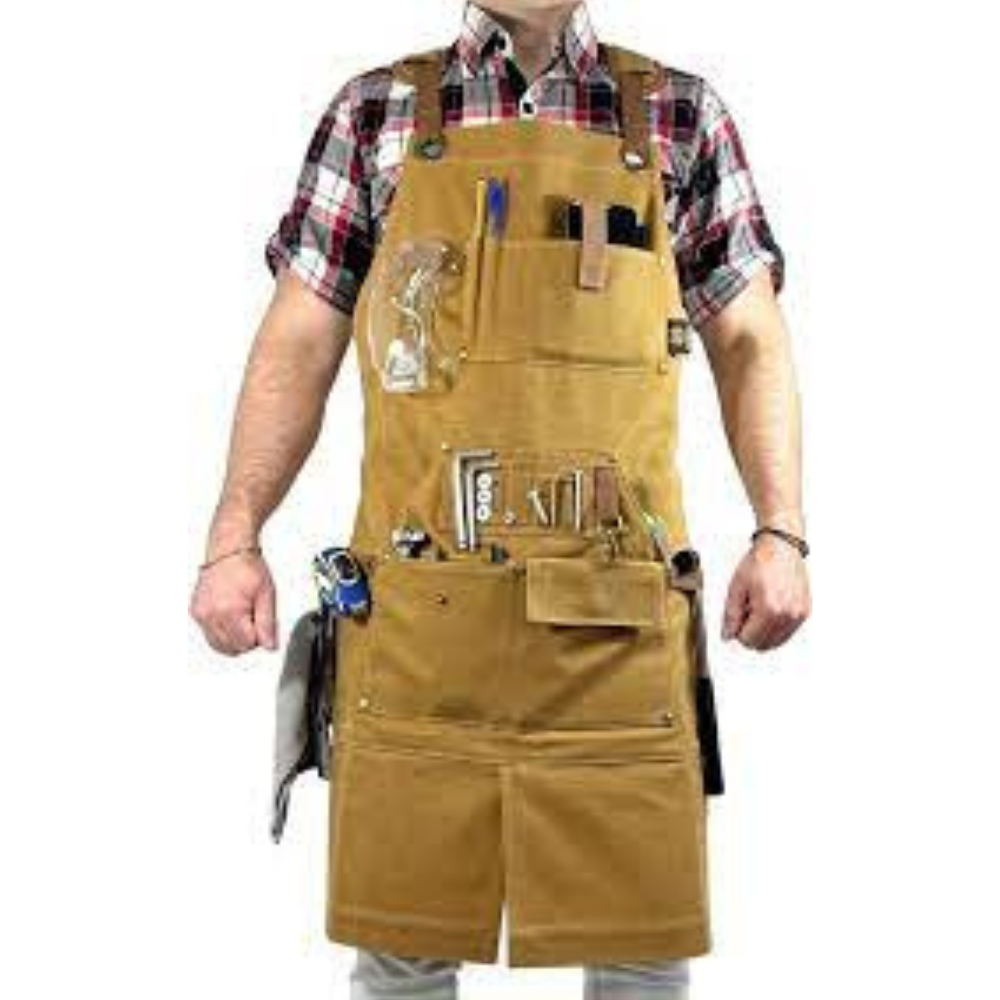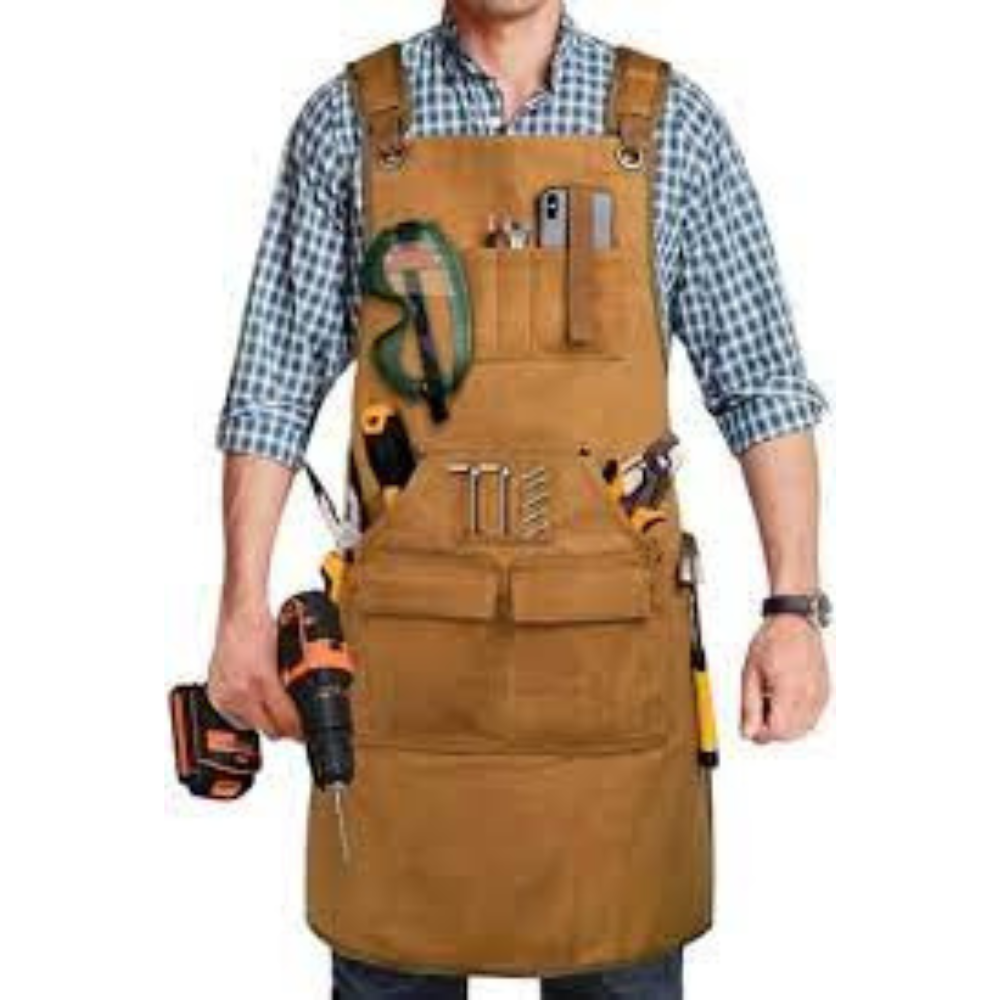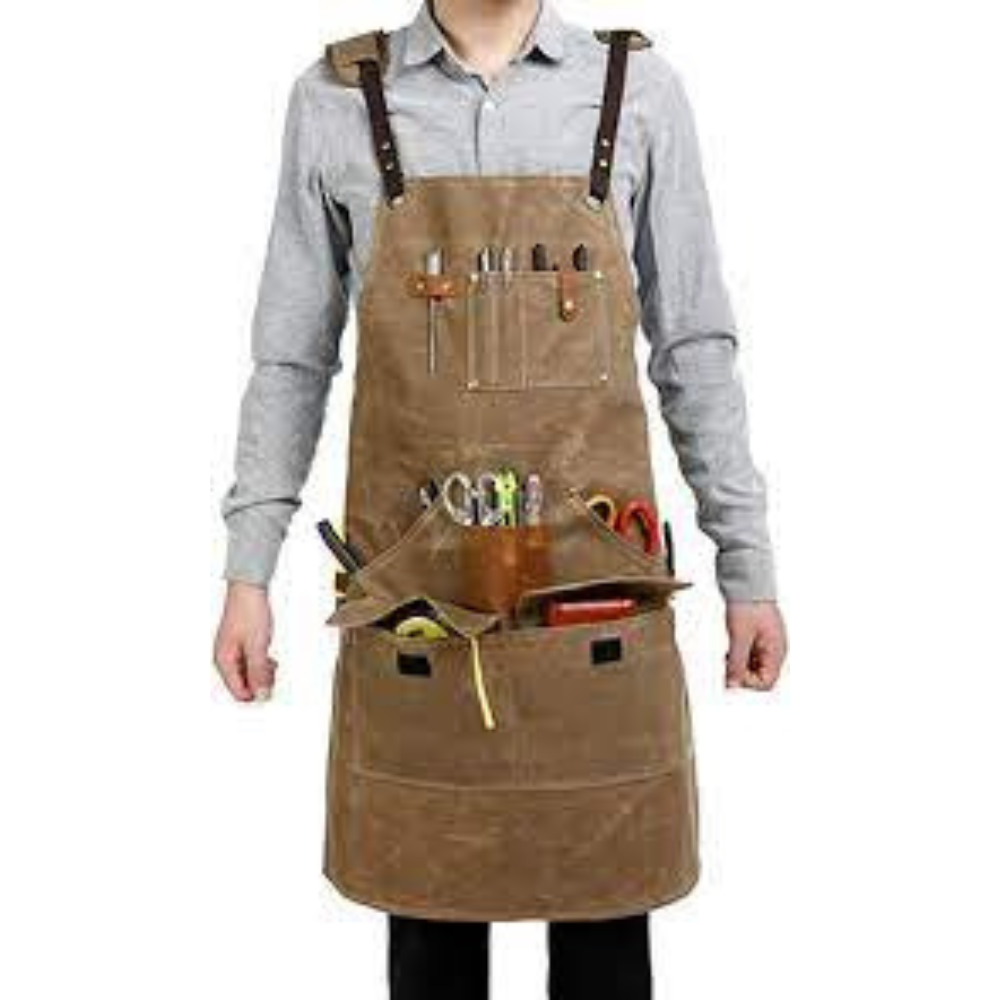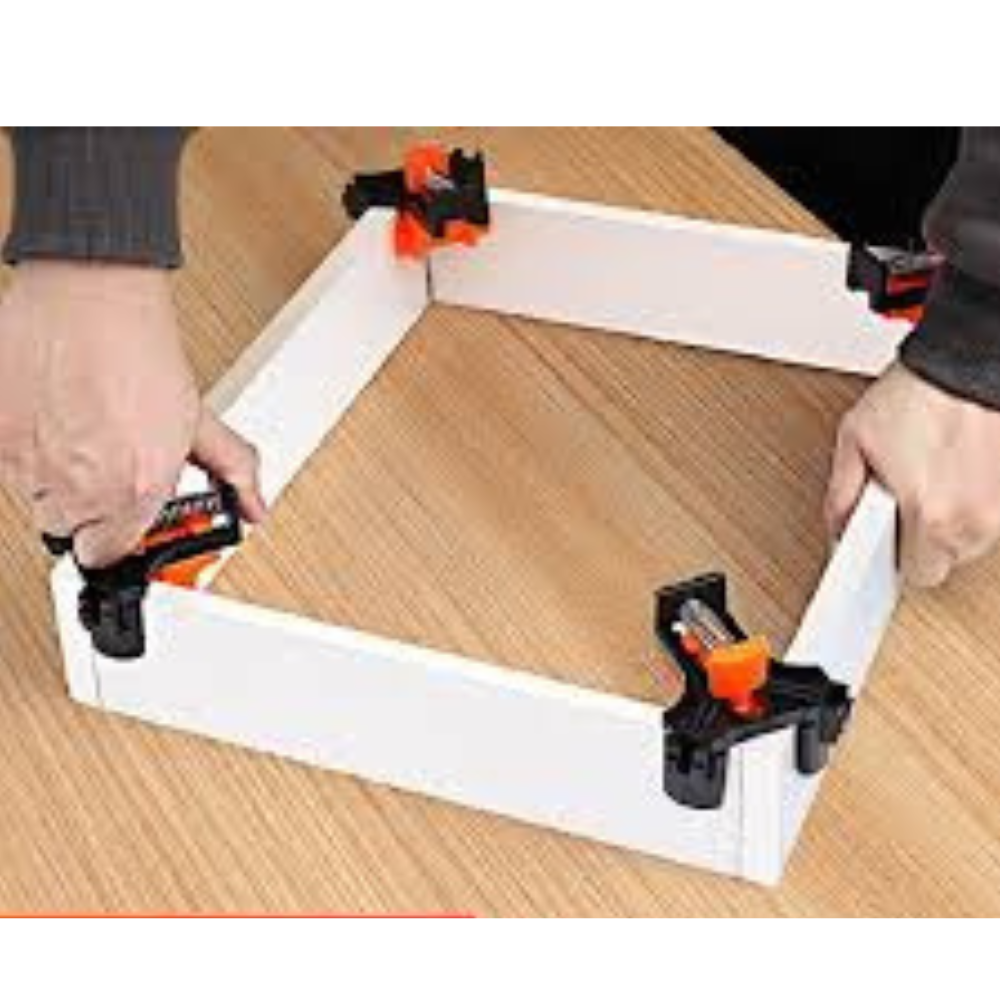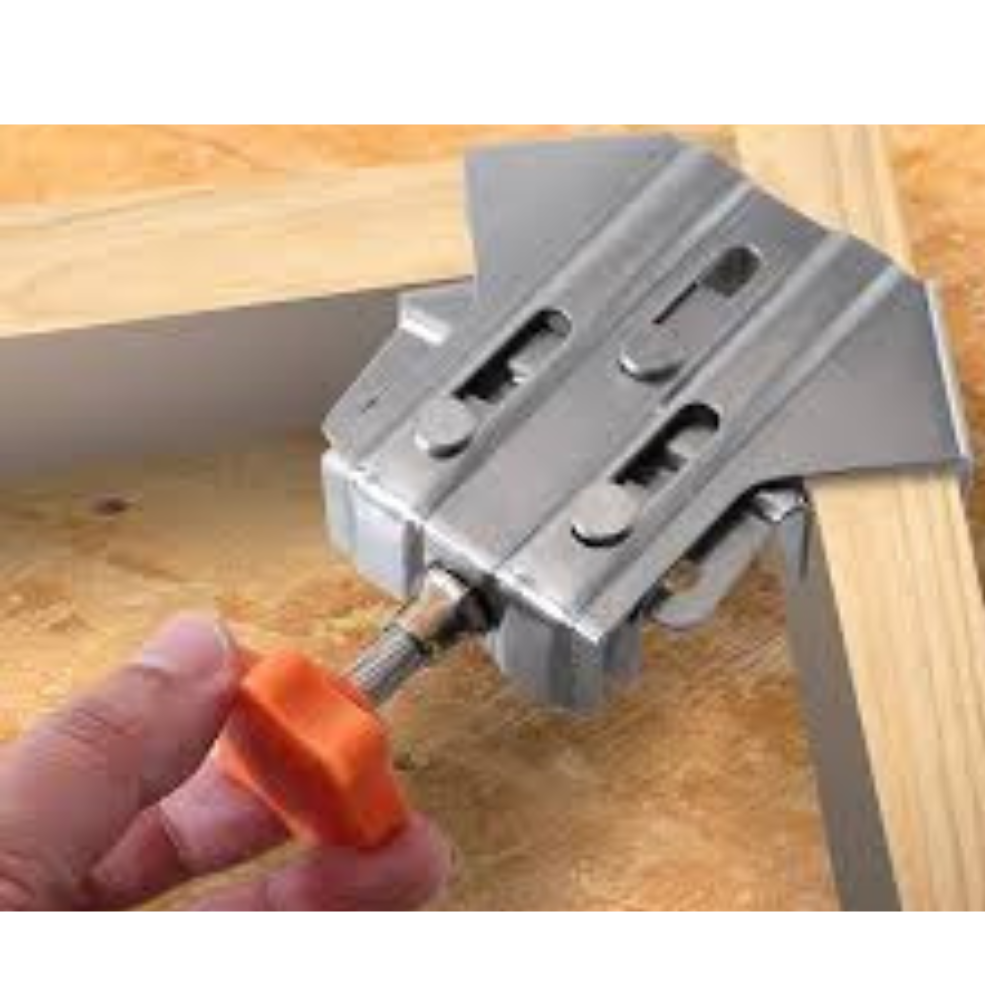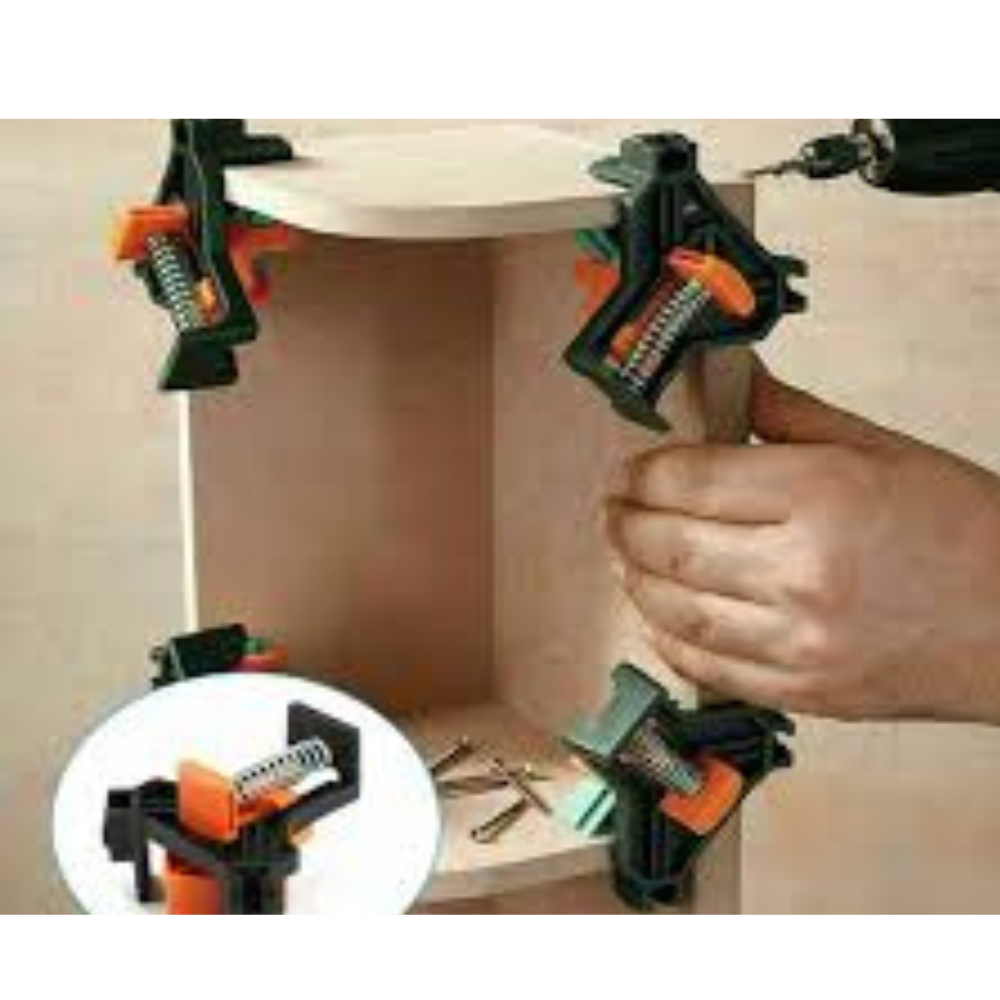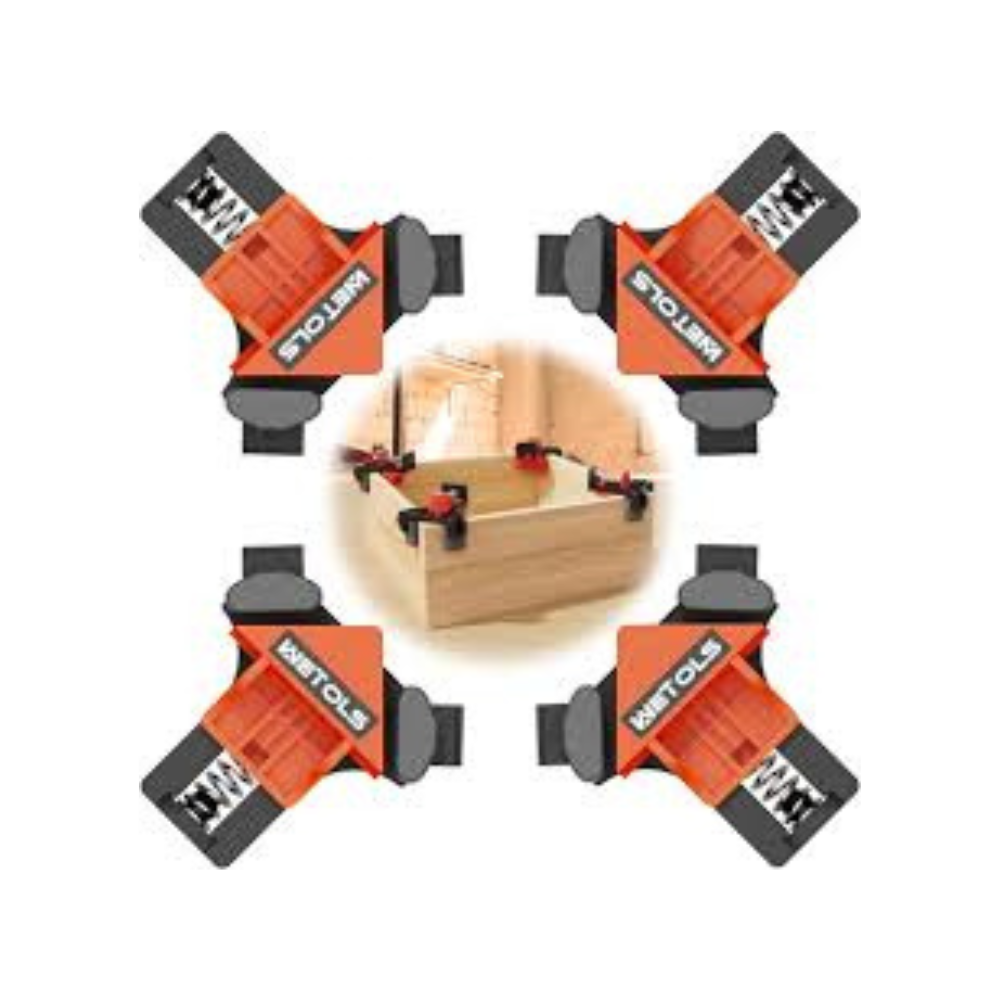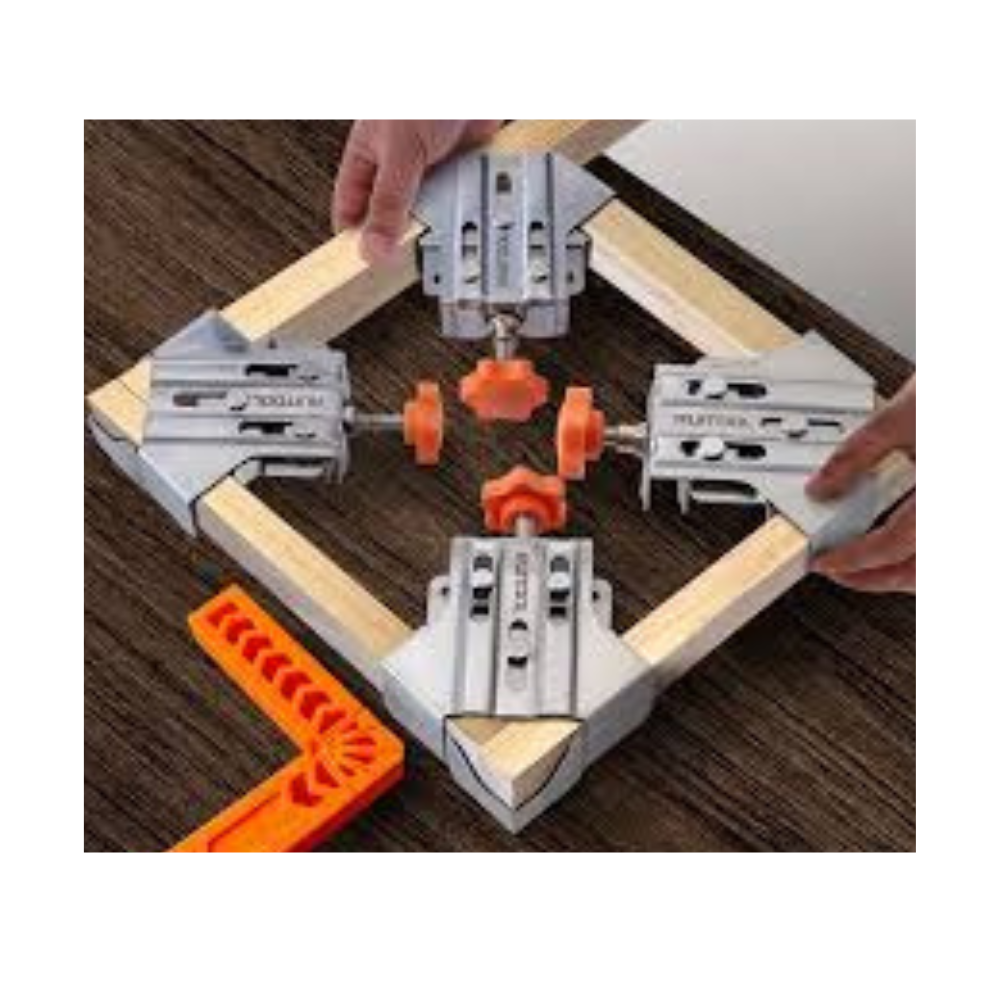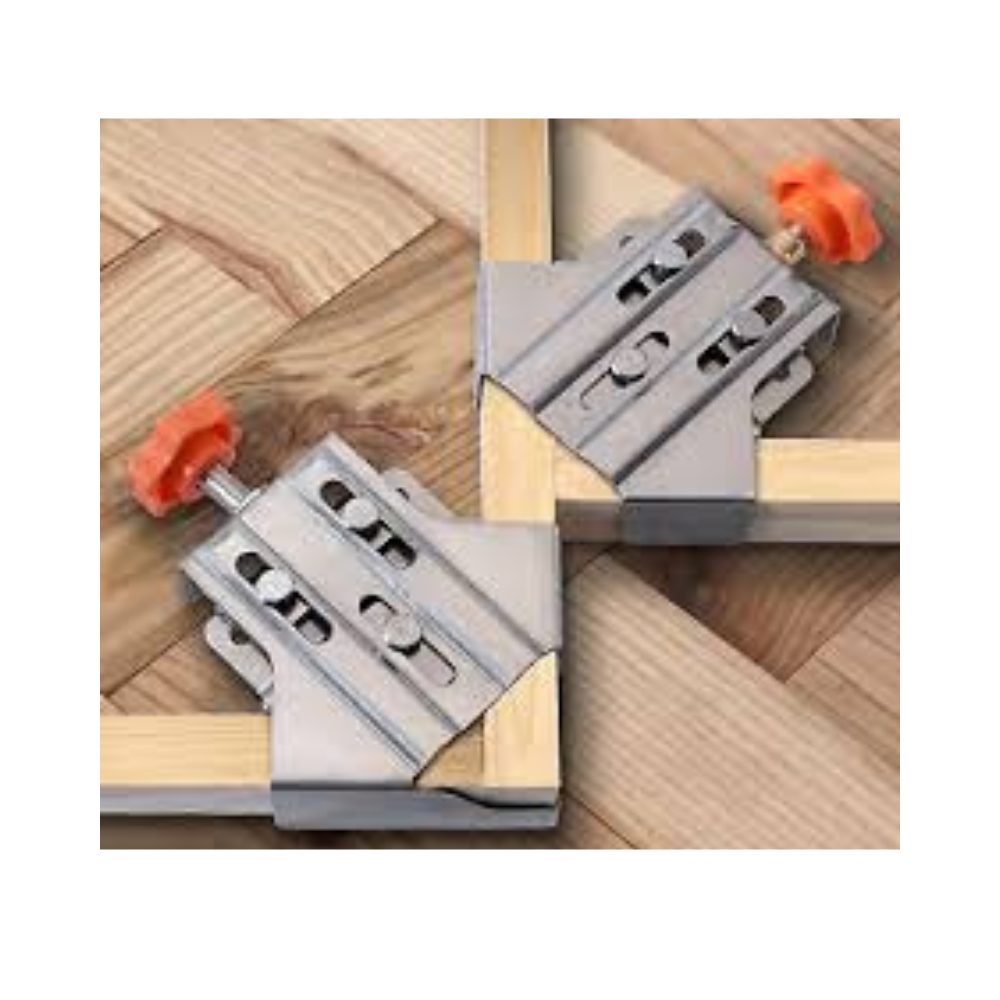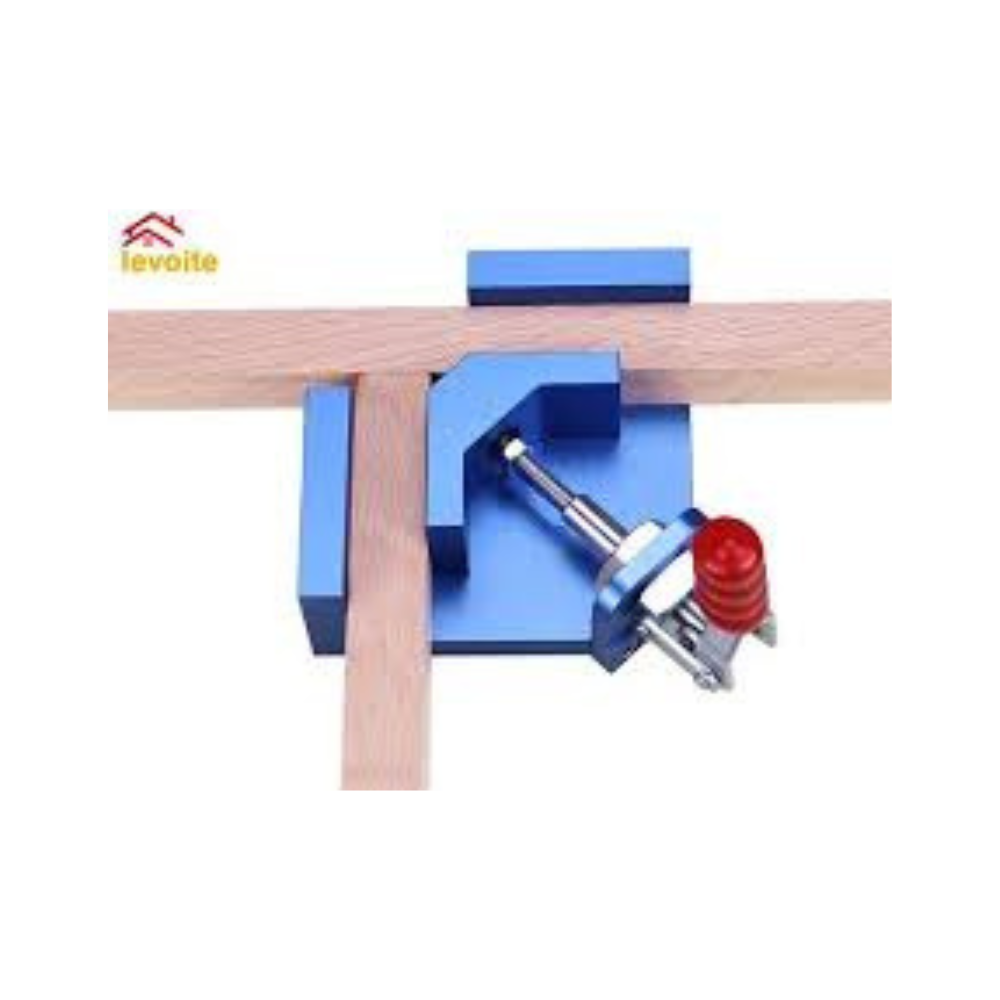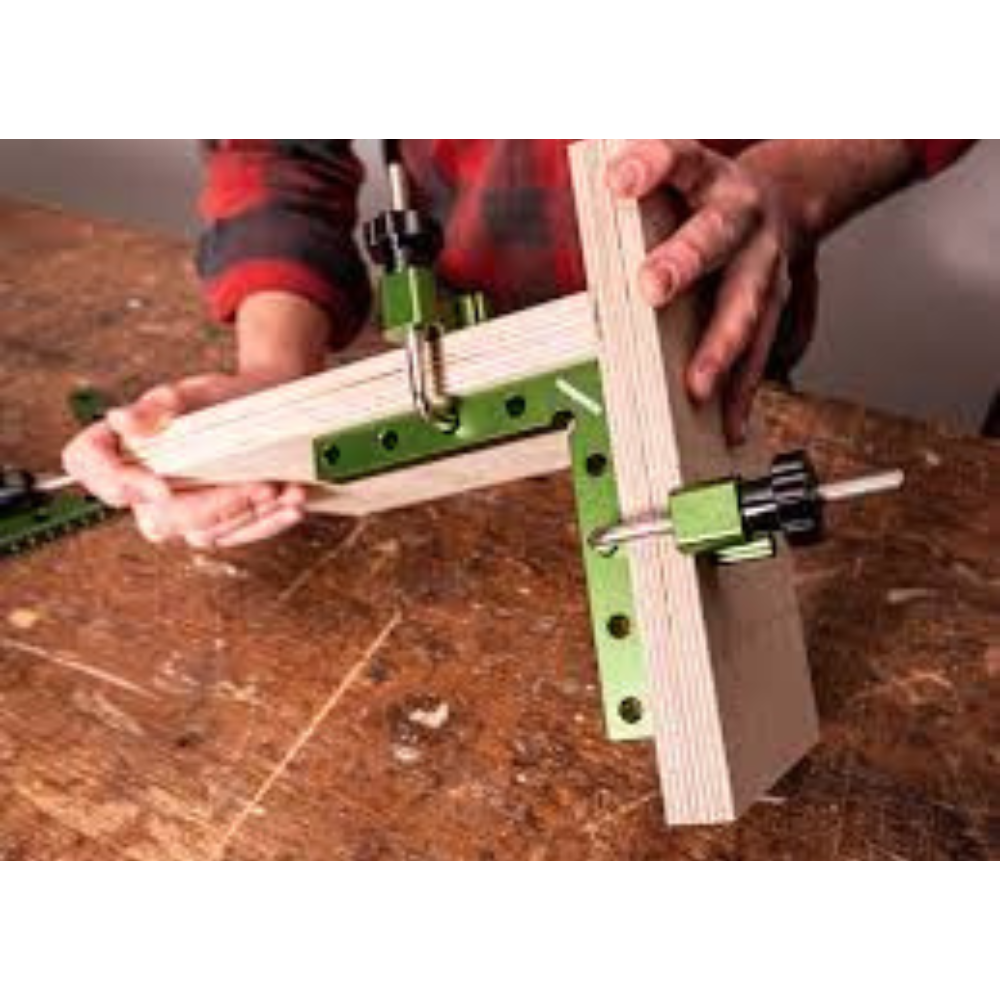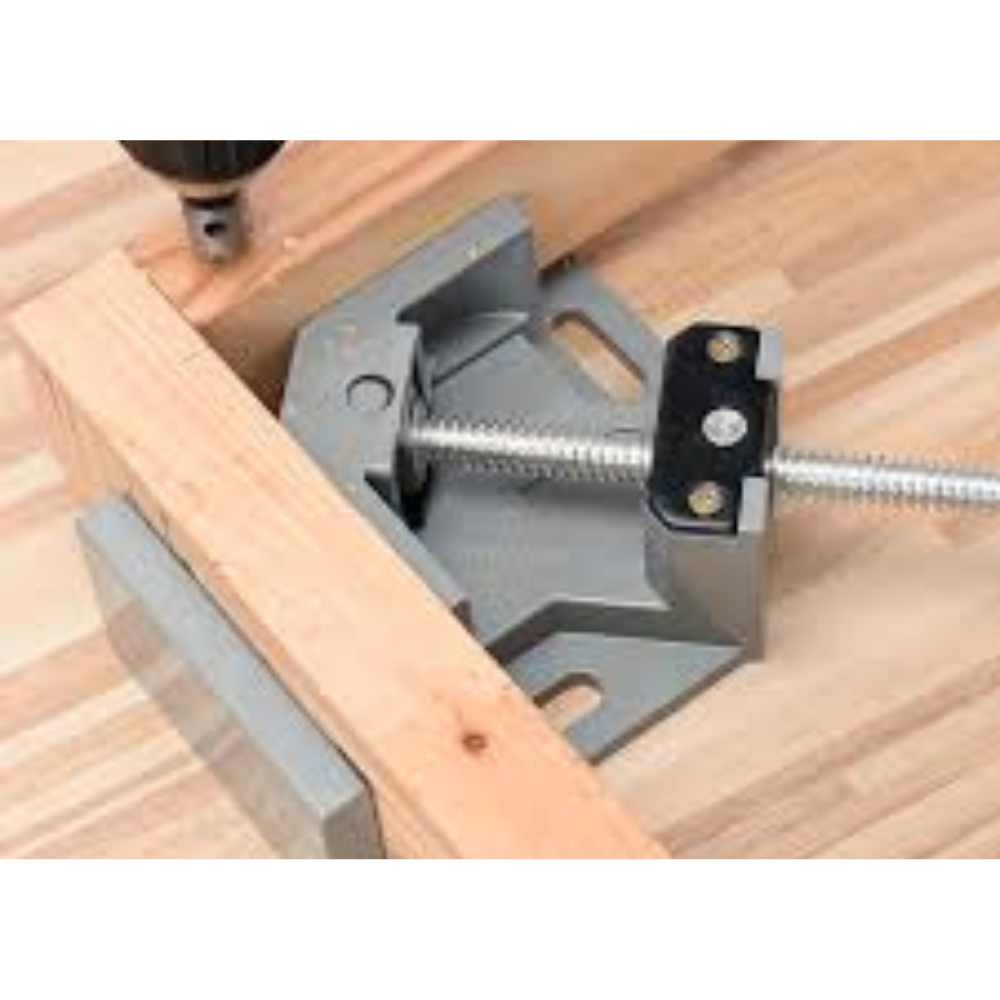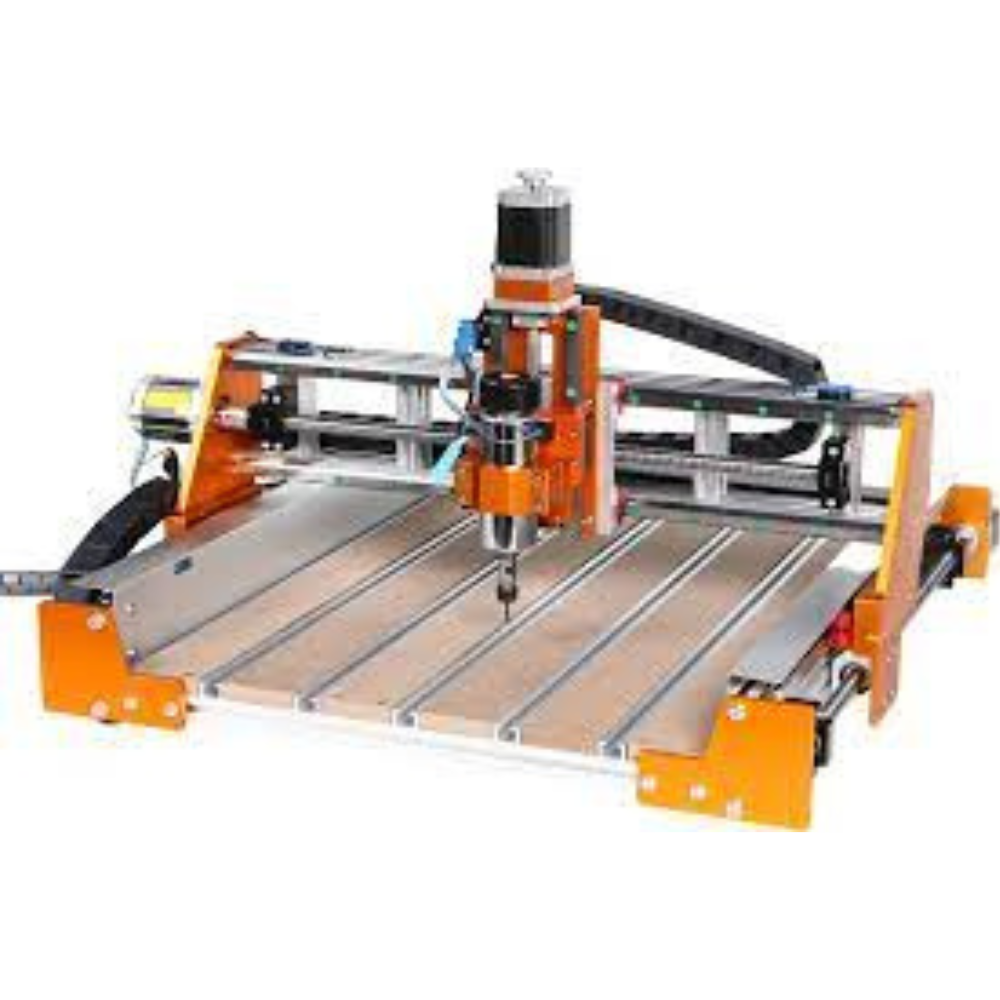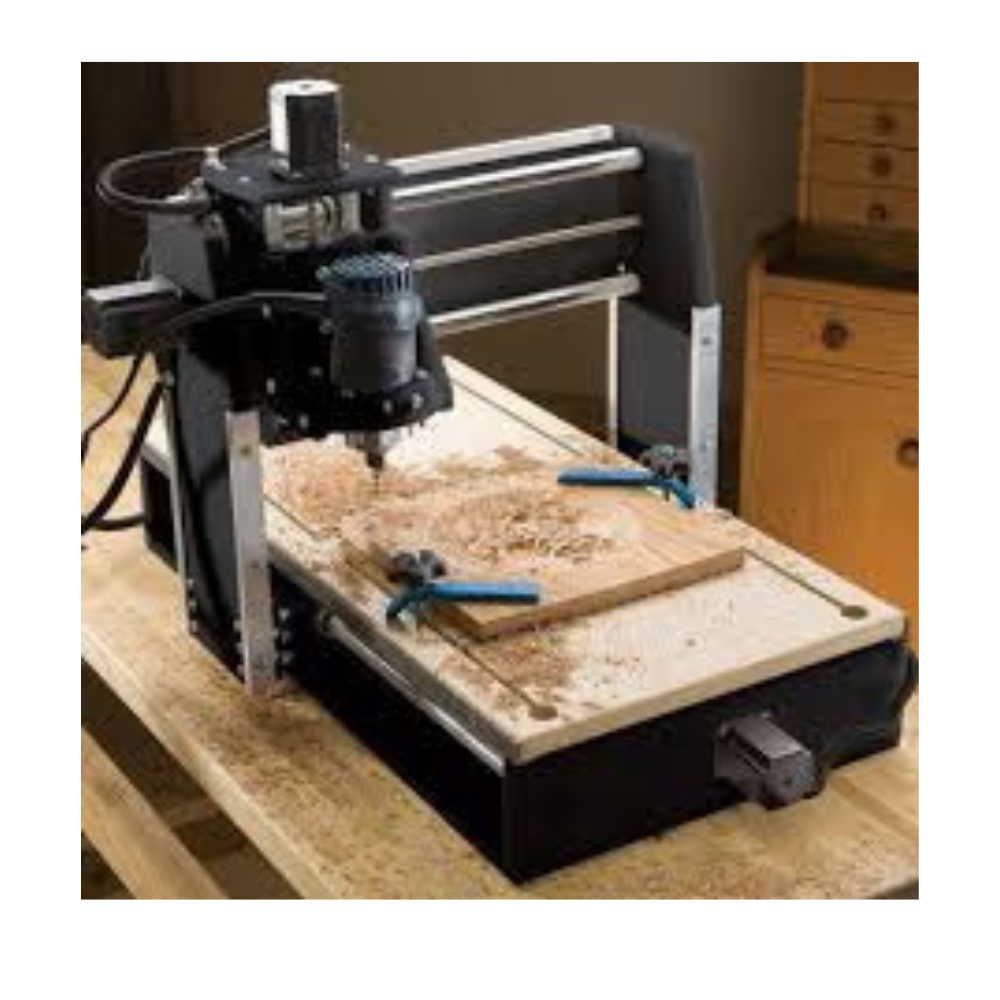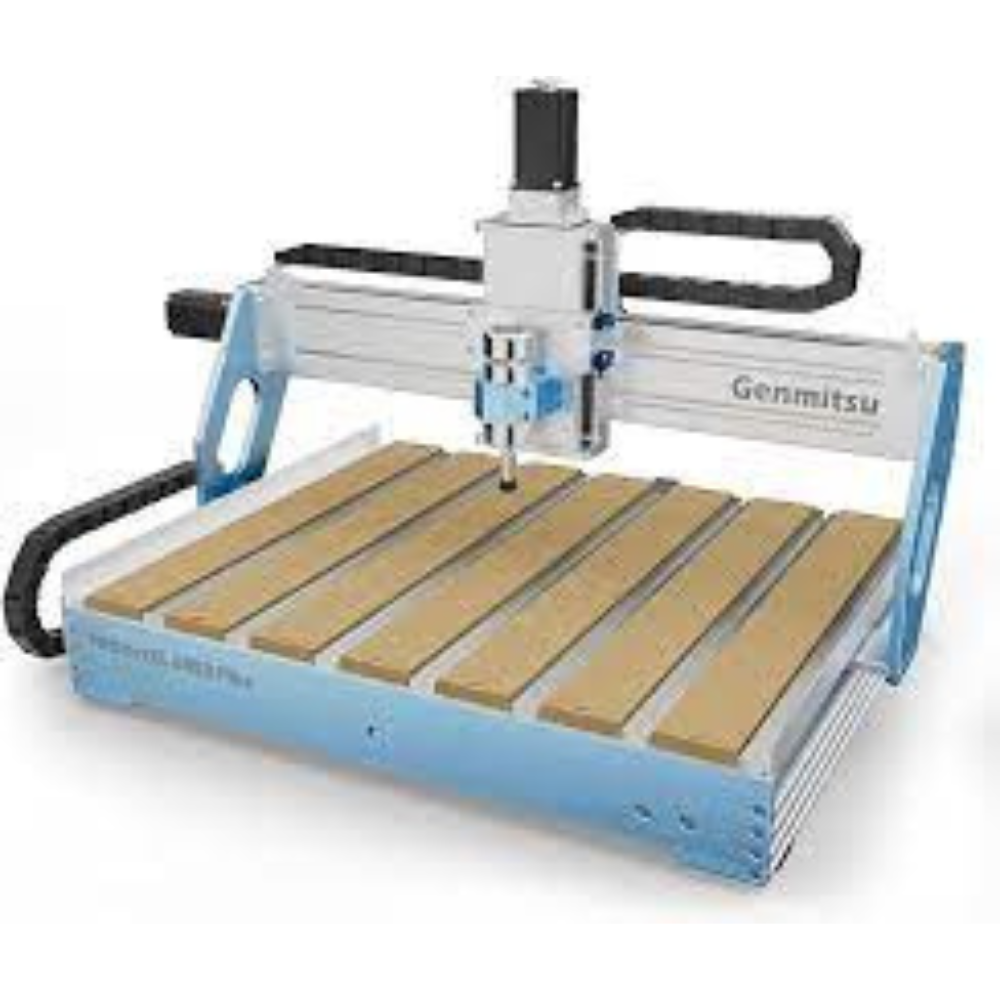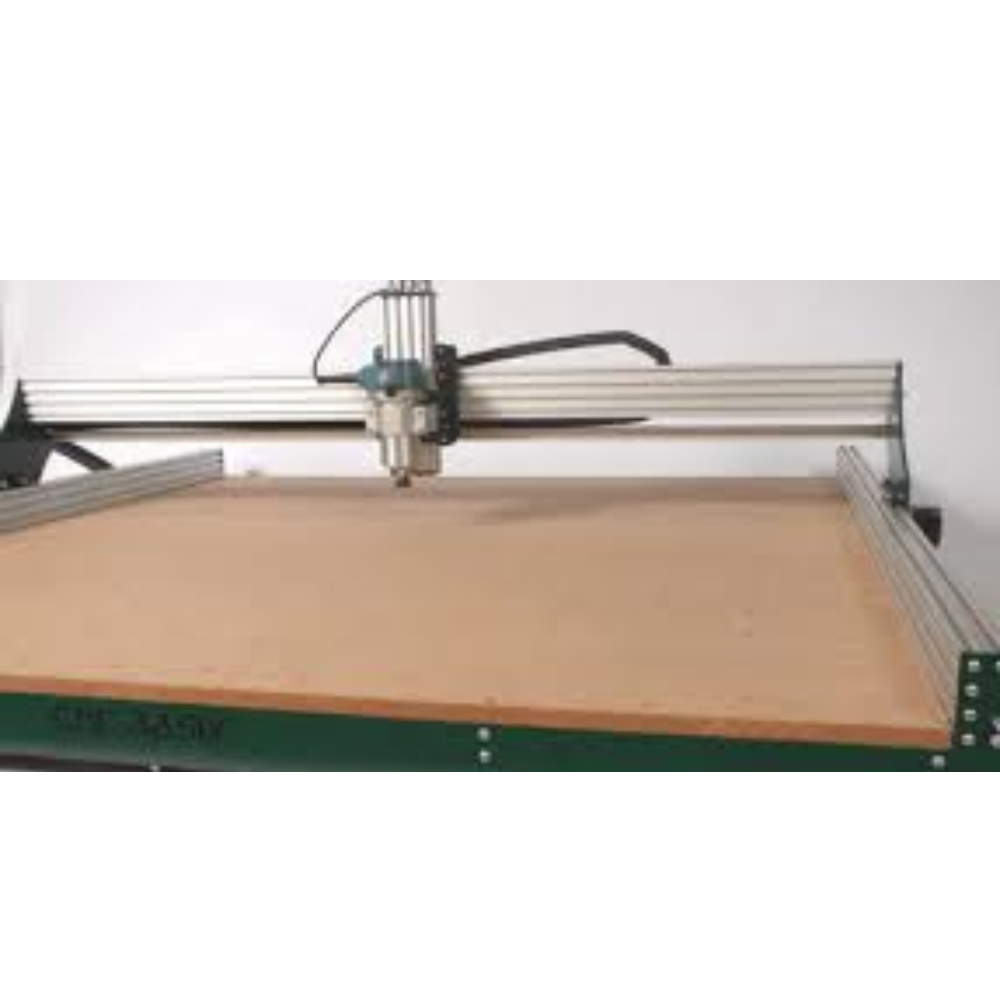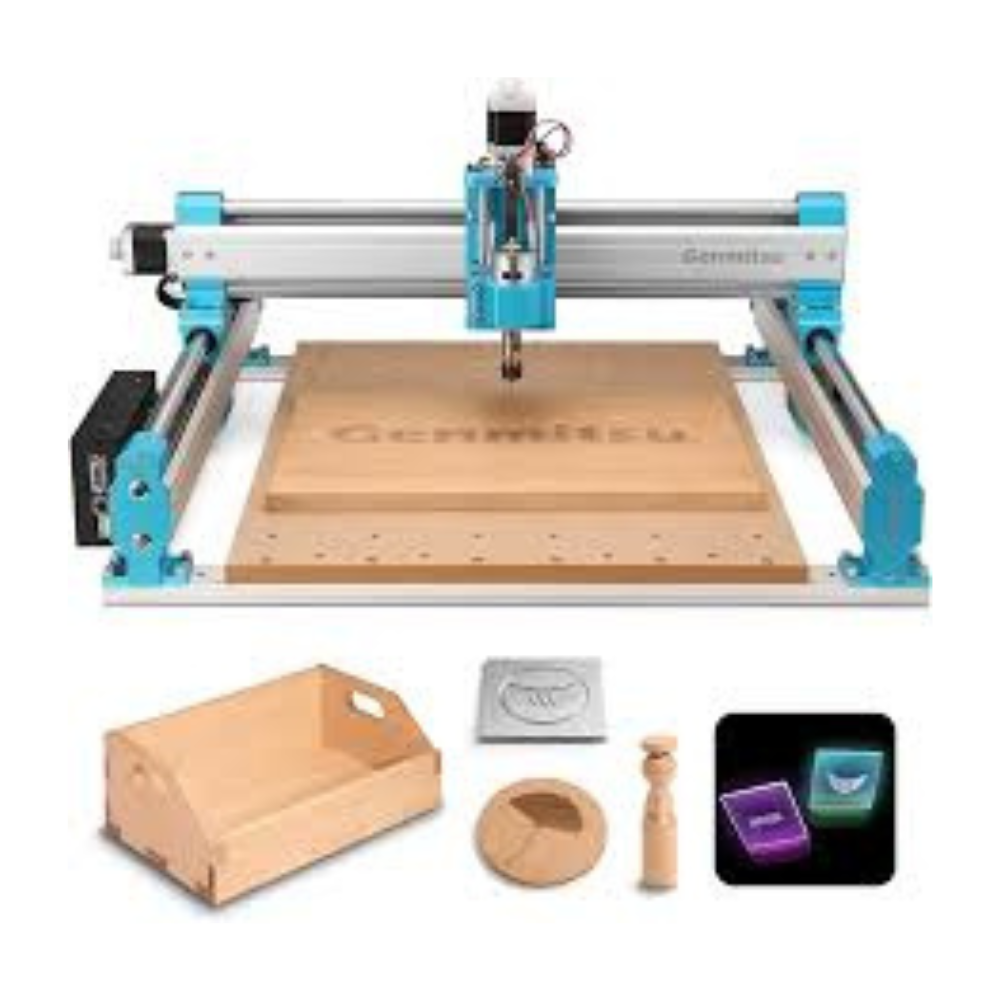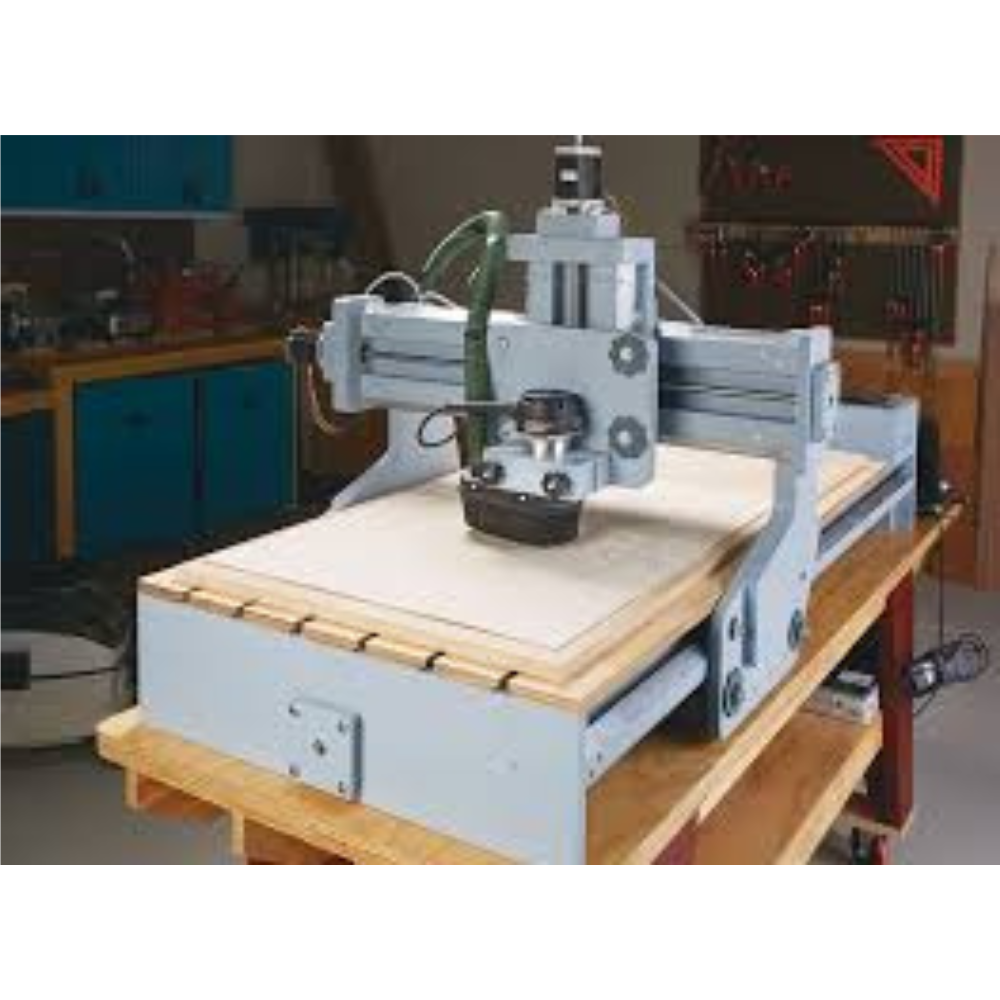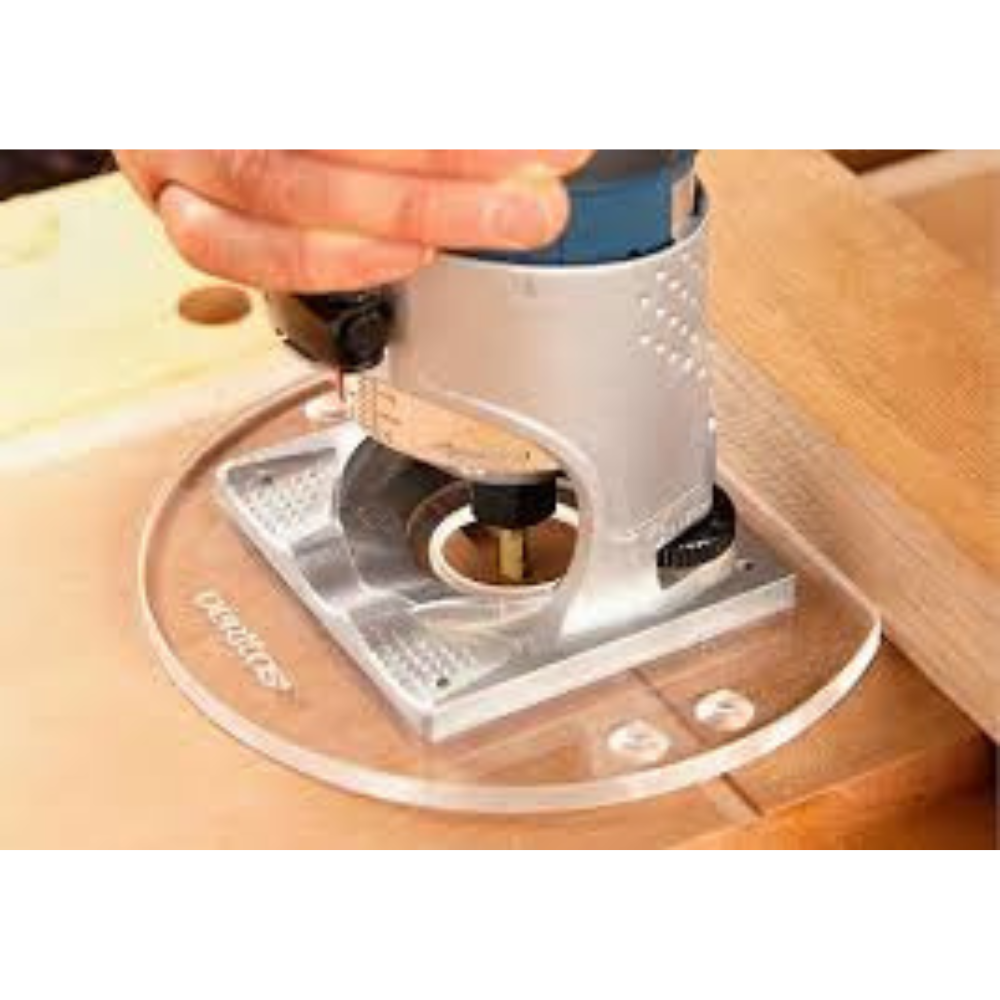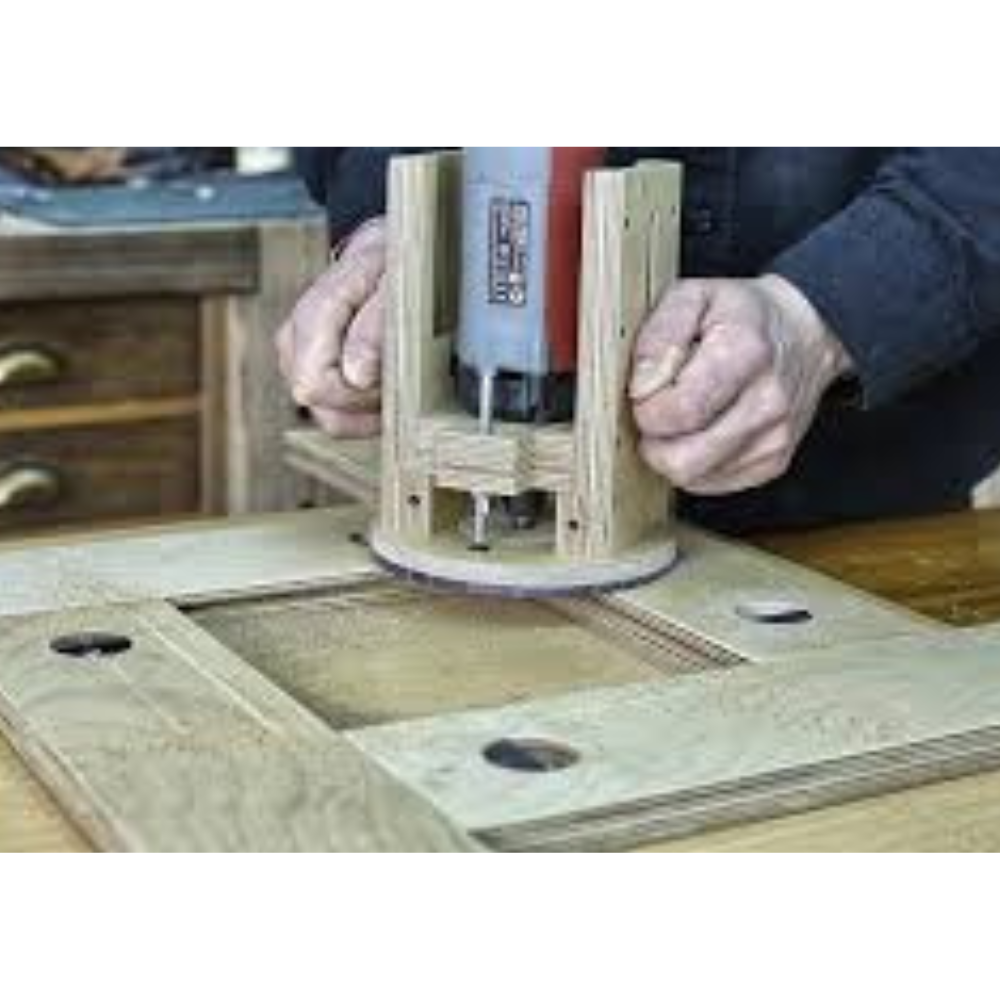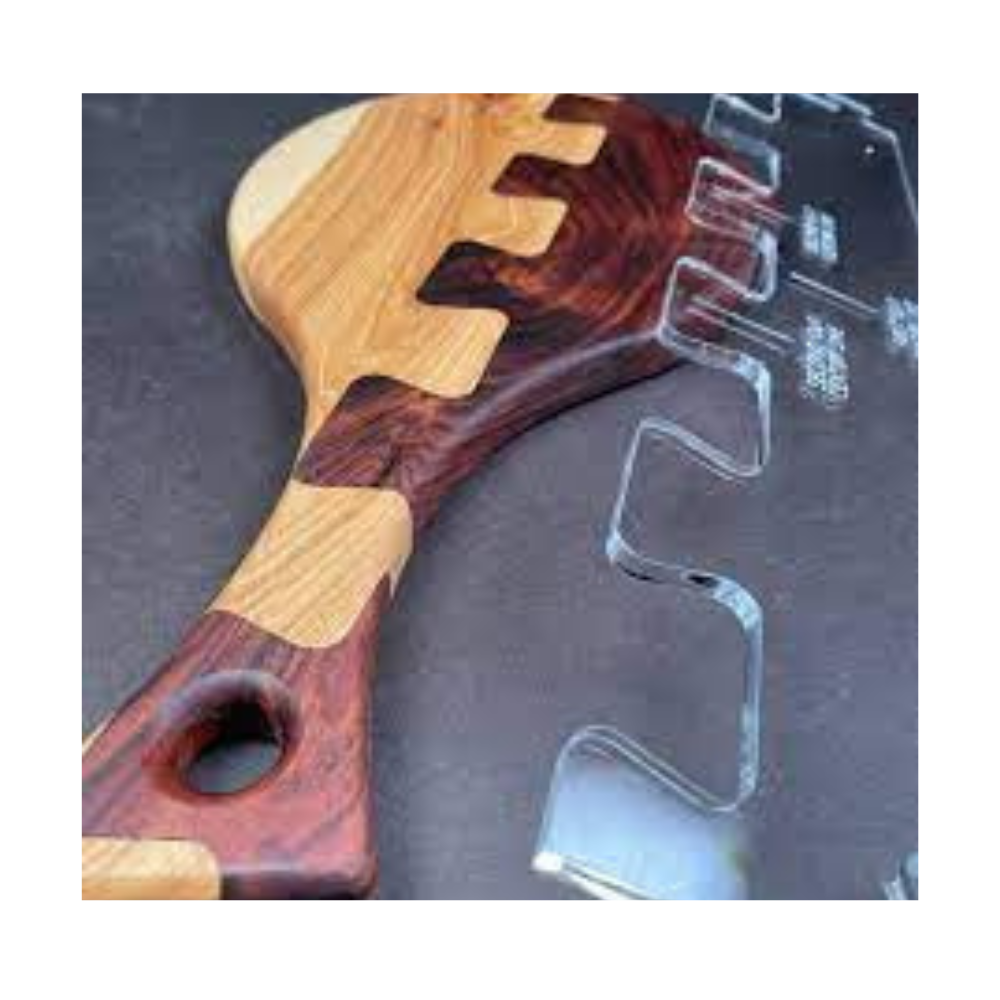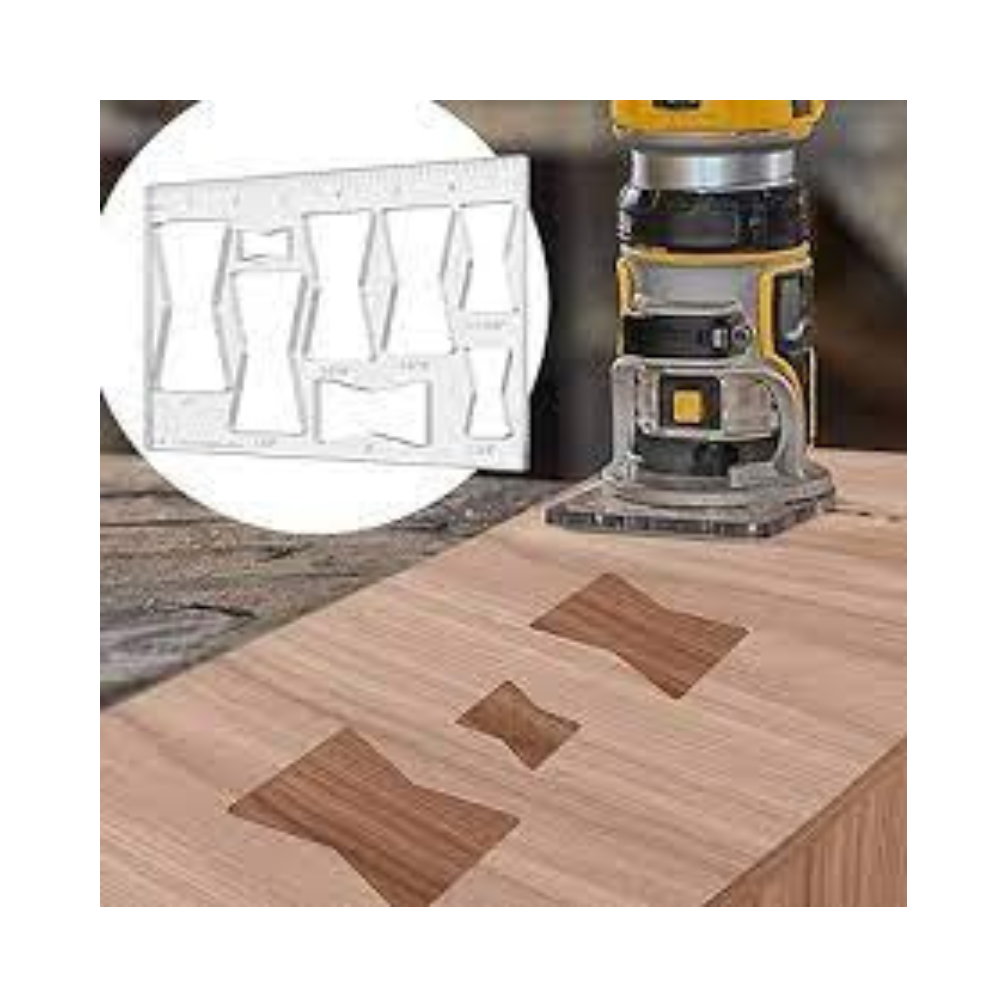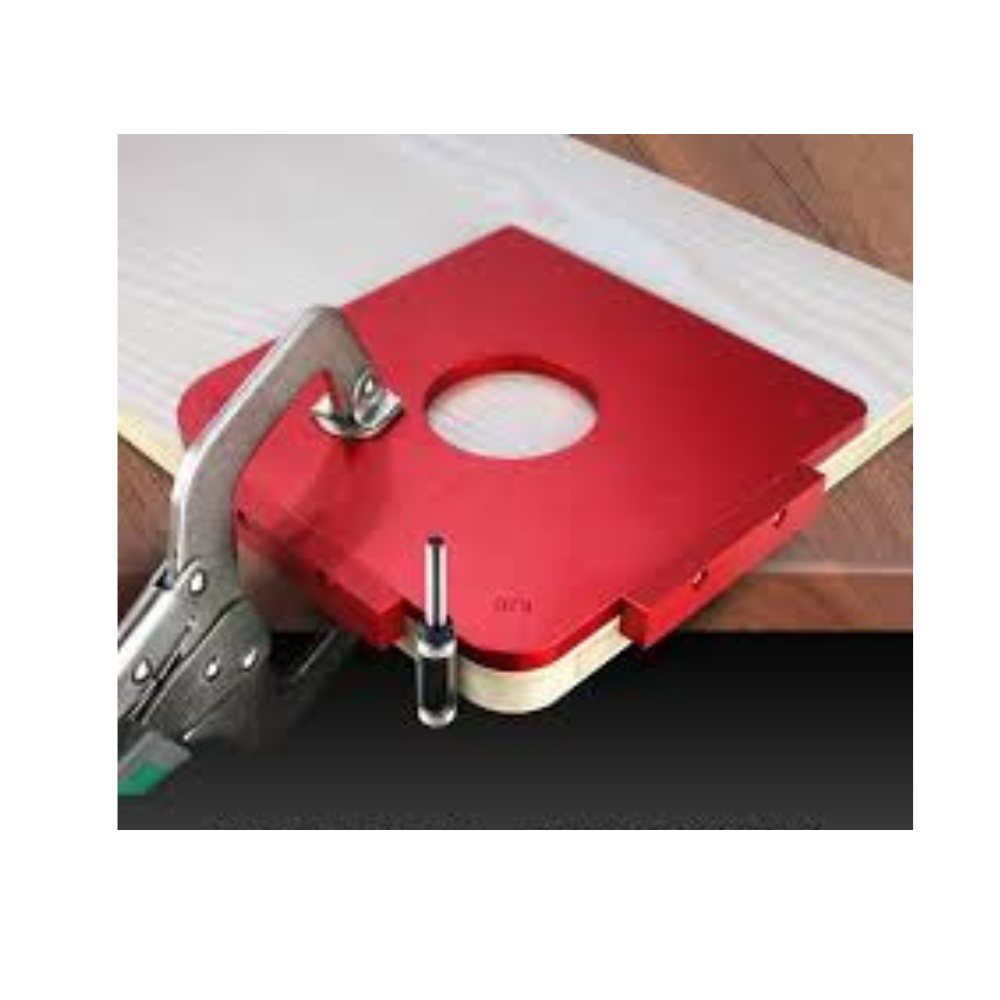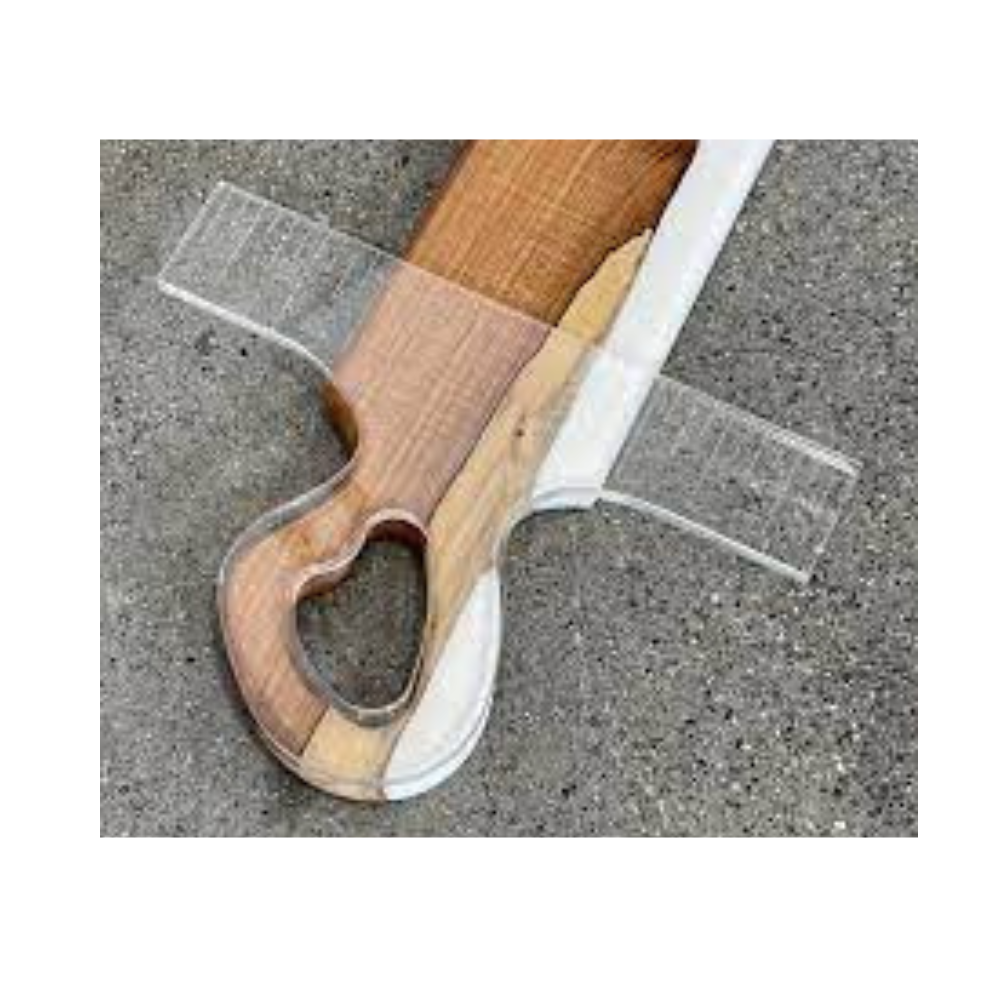Introduction to the World of Woodworking Sanders
For anyone passionate about woodworking, a woodworking sander is an indispensable tool that greatly enhances the quality and finish of your projects. Whether you’re a hobbyist looking to craft unique pieces of furniture or a professional aiming for perfection in your work, understanding the various types of sanders and their specific uses is essential. This comprehensive guide will delve deep into everything you need to know about woodworking sanders, helping you to choose, use, and maintain this vital tool effectively.

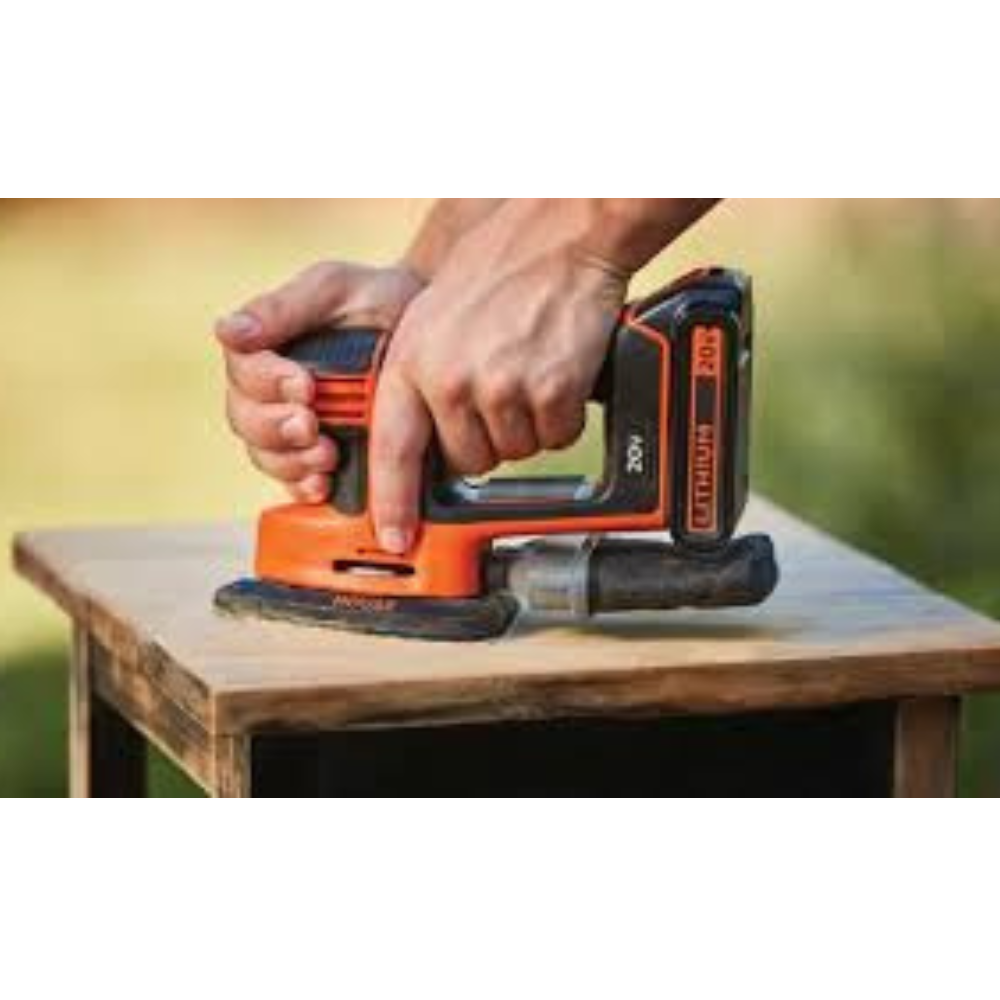
For your “Free” 2 in 1 Folding Picnic Table Bench Plan – Click Here.
Understanding Woodworking Sanders
A woodworking sander is a power tool designed to smooth surfaces through the abrasive action of sandpaper. These tools come in various types, each suited to specific tasks and materials, which can significantly influence the outcome of your woodworking projects.
Types of Woodworking Sanders
Different sanding tasks require different tools. Here’s a breakdown of the most commonly used woodworking sanders and their applications:
- Belt Sanders: Known for their power and efficiency, belt sanders are used for removing large amounts of material over big areas quickly. They are particularly useful for the initial stages of floor and large furniture sanding.
- Orbital Sanders: These are essential for fine sanding and finishing. Orbital sanders move in a back-and-forth motion that is ideal for prepping surfaces before painting or applying varnish.
- Random Orbital Sanders: These tools combine the easy handling of an orbital sander with the vigorous abrasion of a belt sander. They use a round pad that spins in random orbits, reducing the risk of leaving swirl marks and ensuring a smoother finish.
- Detail Sanders: As the name suggests, detail sanders are designed for sanding tight spots, corners, and intricate areas where larger sanders cannot reach.
- Disc Sanders: Mounted on a bench, disc sanders are stationary tools that are excellent for shaping and smoothing edges and large areas of wood. They consist of a circular sanding paper mounted on a wheel that rotates in place.
Choosing the Right Woodworking Sander
Selecting the right sander is crucial and depends on the nature of your project. Consider the size of the project, the type of wood you are working with, and the desired finish. Here are some tips for choosing the right sander:
- Assess the size of your project: Larger projects might benefit from the robust power of a belt sander, whereas smaller, more detailed projects might require the precision of a detail sander.
- Understand the wood type: Harder woods might need a more powerful sander, while softer woods are best handled with a finer grit and a gentler sander like an orbital sander.
- Finish requirements: If you require a highly polished finish, consider using a random orbital sander that leaves fewer marks than regular orbital sanders.
Key Features to Look for in a Woodworking Sander
When purchasing a woodworking sander, keep these key features in mind to ensure you get the most out of your tool:
- Adjustable Speed: Different tasks may require different speeds. Having a sander with adjustable speed settings offers greater versatility and control.
- Power Source: Sanders come in both electric and pneumatic (air-powered) models. Consider which power source best suits your environment and mobility needs.
- Ergonomic Design: Since sanding can be a physically demanding task, look for a sander with an ergonomic design to minimize strain and increase comfort during use.
- Dust Collection System: Sanding produces a lot of dust, which can be harmful to your health and messy for your workspace. A good dust collection system is vital for keeping your area clean and safe.
How to Use a Woodworking Sander Efficiently
Using a woodworking sander efficiently not only improves the quality of your work but also extends the life of your tool. Here are some tips on how to use your sander effectively:
- Proper Sandpaper Installation: Ensure that the sandpaper is installed correctly and securely. Incorrect installation can lead to ineffective sanding and potentially damage the tool or the workpiece.
- Even Pressure Application: Apply even pressure throughout the use of the sander. Applying too much pressure in one area can lead to uneven surfaces and tool marks.
- Keep the Sander Moving: Always keep the sander moving in smooth, uniform strokes to avoid sanding down one area too much, which can create dips or gouges in the wood.
- Use the Right Grit: Start with a coarser grit to remove major imperfections and gradually move to finer grits for a smooth finish. This step-wise refinement helps achieve a superior finish and reduces the workload.
Safety Tips for Woodworking Sanders
Safety should always be a priority when working with power tools. Here are some essential safety tips for using woodworking sanders:
- Personal Protective Equipment (PPE): Always wear safety goggles, a dust mask, and hearing protection when operating sanders.
- Check for Faults: Before using the sander, check for any damaged parts or loose sandpaper which might affect the operation or safety of the tool.
- Keep the Work Area Clean: A clean and uncluttered workspace can prevent accidents and help in the efficient operation of your tools.
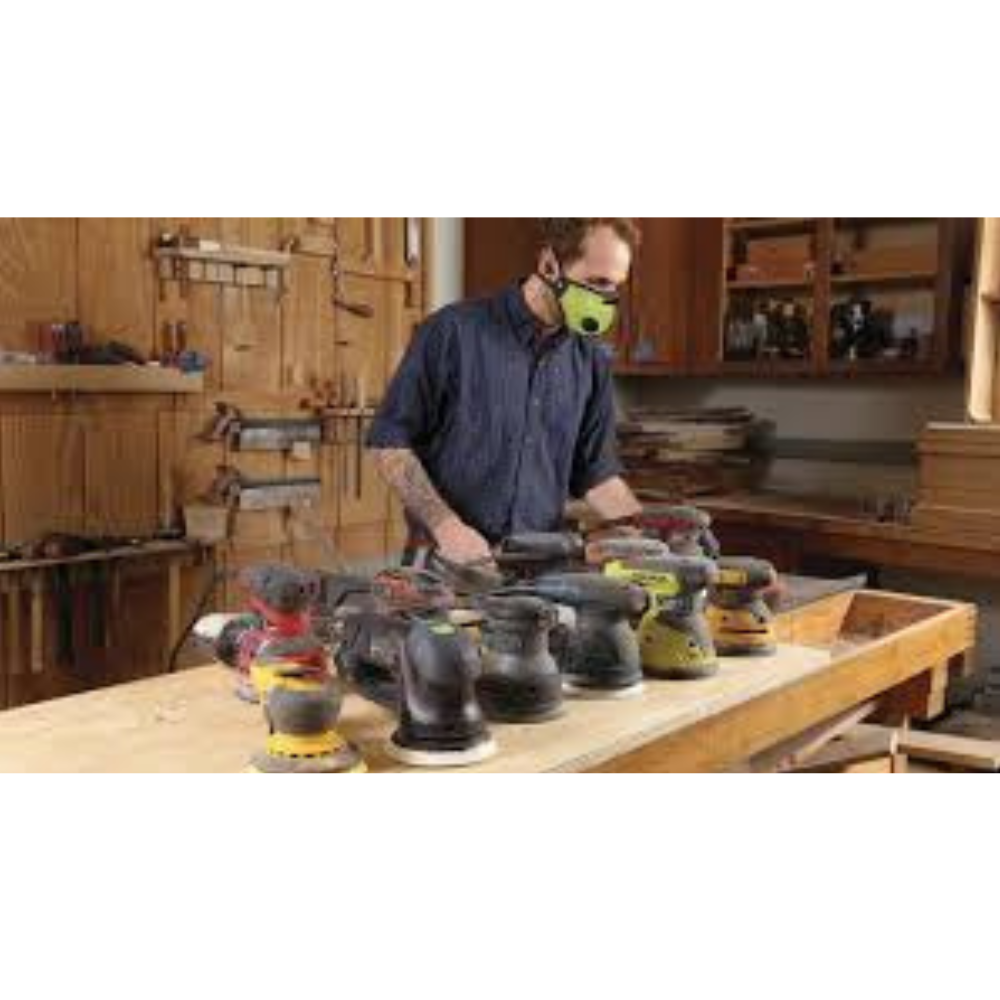
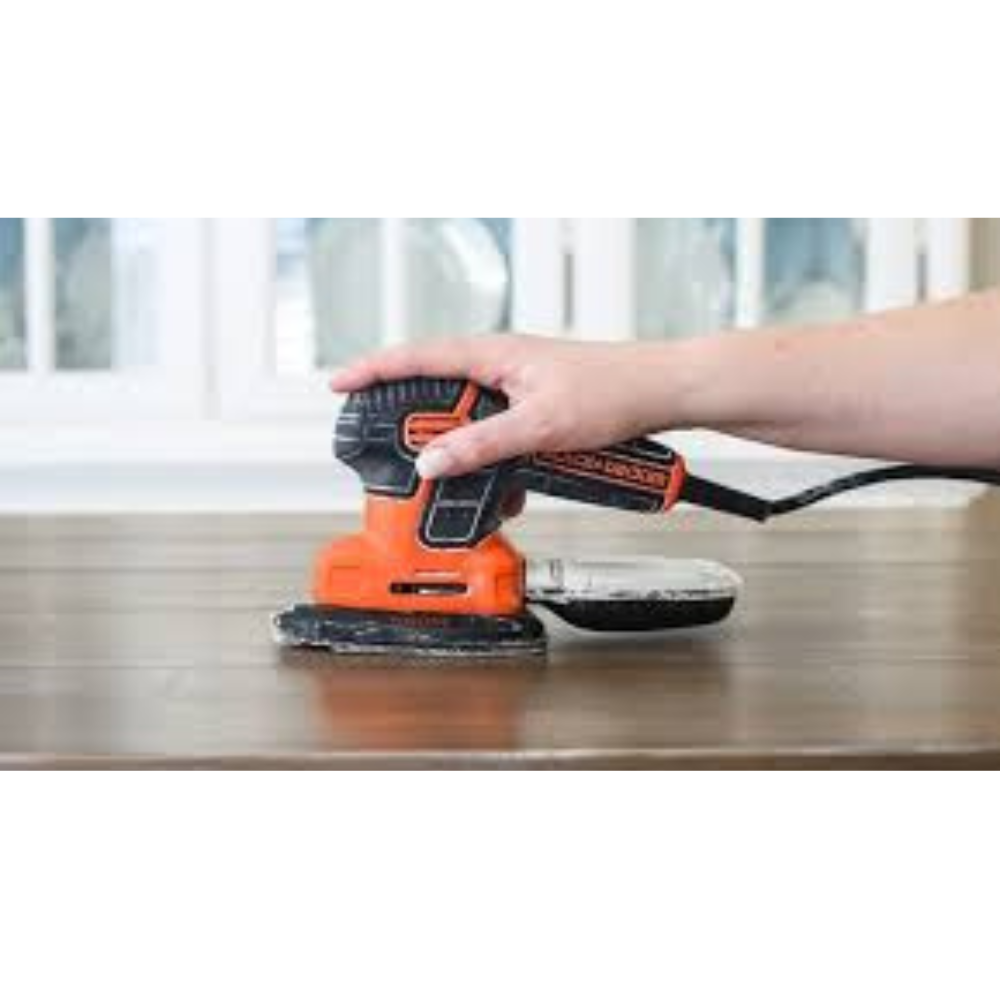
Maintaining Your Woodworking Sander
Proper maintenance of your woodworking sander is crucial for ensuring its longevity and performance. Regular maintenance tasks include:
- Cleaning After Use: Always clean your sander after each use. Remove all dust and debris from the tool, especially from the motor and ventilation areas.
- Inspect Sandpaper and Replace When Necessary: Worn-out sandpaper can reduce the efficiency of your sander and even damage the wood. Regularly check and replace the sandpaper as needed.
- Lubricate Moving Parts: Periodically lubricate the moving parts of your sander to ensure smooth operation and prevent wear and tear.
- Store Properly: Store your sander in a dry, dust-free environment to prevent rust and other damage.
For your “Free” Workspace Plans – Click Here.
Creative Applications and Projects Using Woodworking Sanders
Here are some ideas to inspire your next project when using sanders:
- Restoring Vintage Furniture: Use your sander to strip old paint and varnish from vintage furniture, preparing it for refinishing.
- Crafting Custom Wooden Signs: Create custom signs for homes or businesses by sanding down wooden planks to a smooth finish before painting or staining.
- Building and Finishing Decks: A large belt sander can be invaluable for quickly sanding down rough planks on decks, making the process faster and more uniform.
- Making Artistic Wood Sculptures: Sanders can be used to shape and smooth wooden sculptures.
Troubleshooting Common Sander Problems
Even the best tools can encounter problems. Here are some common issues you might face with your woodworking sander and how to troubleshoot them:
- Reduced Efficiency: Check if the sandpaper is clogged with dust or if it needs replacing regularily
- Excessive Vibration or Noise: This could indicate a problem with the motor or a loose part. Inspect your tool and tighten any loose components.
- Overheating: If your sander overheats, allow it to cool down before checking for any blockages in the ventilation or issues with the motor.
Environmental Impact and Best Practices
Woodworking can have an environmental impact, primarily through dust production and energy use. To minimize your impact, follow these best practices:
- Use Sanders with Efficient Dust Collection: This reduces airborne dust particles, which can be harmful to both health and the environment.
- Recycle or Dispose of Waste Properly: Ensure wood dust and debris are disposed of according to local regulations, which often include recycling options.
- Choose Energy-Efficient Tools: Opt for sanders that have energy-saving features to reduce your carbon footprint.
Comparing Top Woodworking Sanders on the Market
To help you choose the right sander, here is a comparison of some of the top models available:
- Milwaukee Belt Sander 18V M18FBTS750: Known for its robust power and durability, ideal for heavy-duty sanding tasks.
- Makita 1200w 100mm Belt Sander 9403: Features a variable speed dial and superior dust collection, perfect for detailed finishing work.
- DeWalt DCW220N-XJ 18V XR (21″) Belt Sander: Offers the best ergonomics for prolonged use, making it a favorite among professionals for comfort and ease of use.
Choosing the Right Accessories for Your Woodworking Sander
To get the most out of your woodworking sander, consider these essential accessories:
- Various Grit Sandpapers: Having a range of sandpapers from coarse to fine grit allows you to tackle any sanding task.
- Polishing Pads: For projects that require a glossy finish, polishing pads can be attached to your sander for the final touches.
- Dust Collector Adapters: Enhance your sander’s dust collection system with adapters that fit various types of shop vacuums.
Conclusion: Getting the Most Out of Your Woodworking Sander
Investing in a quality woodworking sander and using it effectively can transform your woodworking projects from good to great. By understanding the different types of sanders, choosing the right one for your needs, and maintaining it properly, you can enjoy a high level of precision and finish in your work. Remember, the key to successful woodworking is not just in the tools you use but also in the skills and techniques you apply.
For your “Free” Guide to 13 Wood Joinery Types – Click Here.
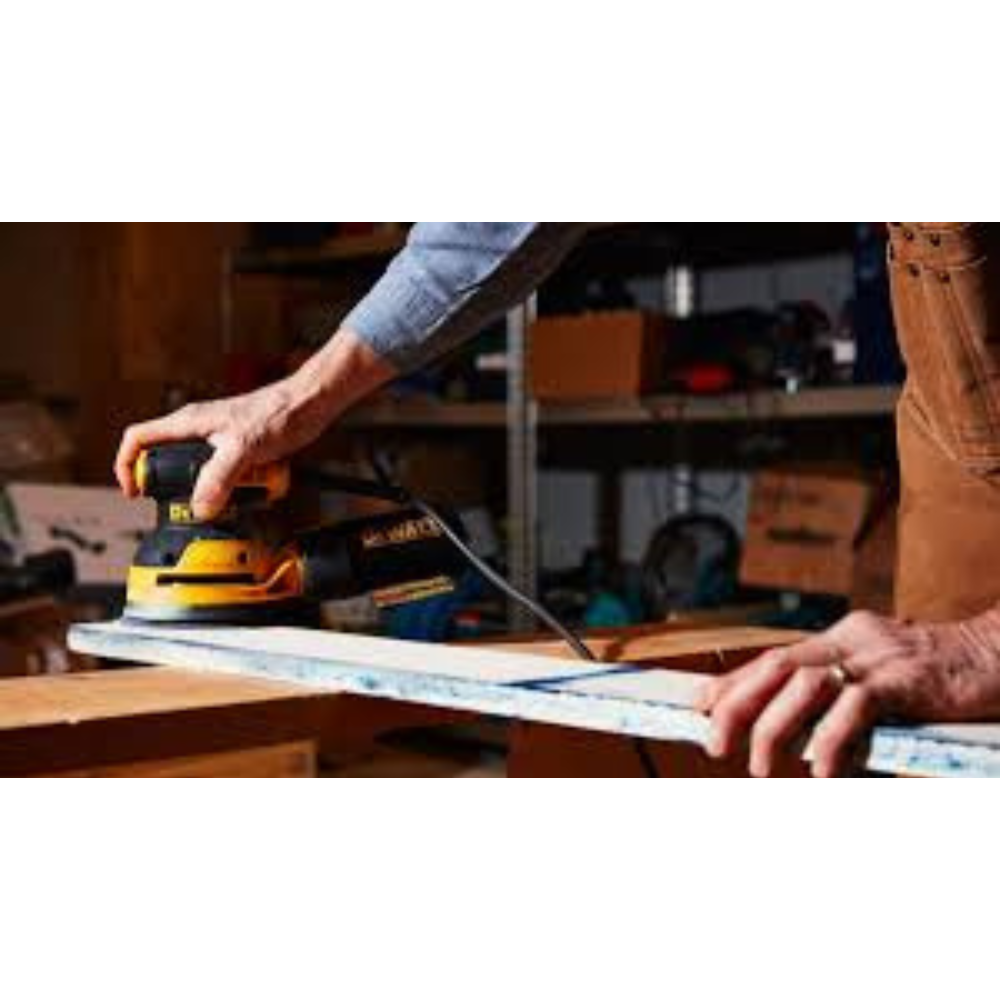
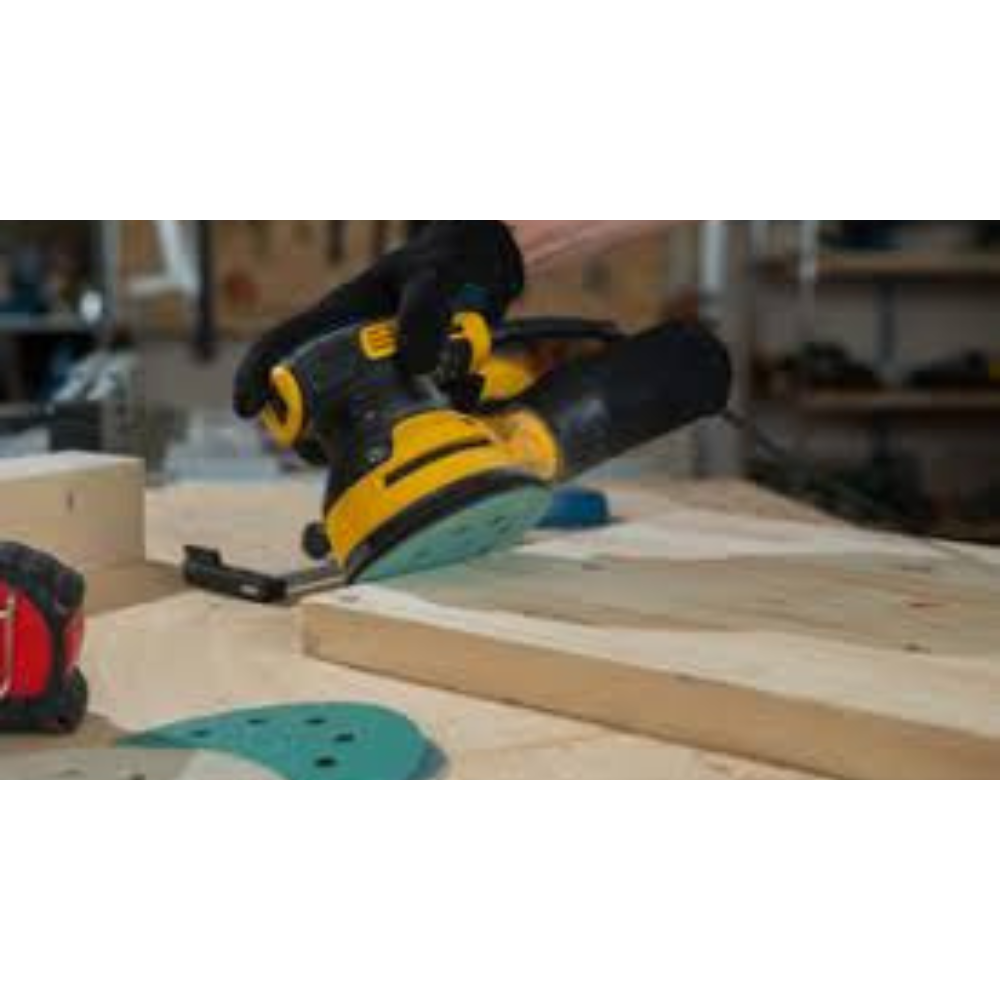
FAQs About Woodworking Sanders
- What is the best woodworking sander for beginners?
- For beginners, a random orbital sander is highly recommended due to its ease of use, effectiveness, and versatility. It is less likely to damage wood and can be used for a variety of sanding and finishing tasks.
- How often should I replace the sandpaper on my sander?
- Sandpaper should be replaced as soon as it becomes clogged or loses its abrasive properties. The frequency depends on the material being sanded and the intensity of use. Regularly checking the effectiveness of the sandpaper during use is a good practice.
- Can I use a woodworking sander on materials other than wood?
- Yes, many sanders can be used on other materials like metal, plastic, and composites. However, it is important to use the correct type of sandpaper and adjust the sander settings accordingly to avoid damaging the tool or the material.
- What is the difference between an orbital sander and a random orbital sander?
- The main difference lies in the movement of the sanding pad. An orbital sander moves in simple circles, which can sometimes leave swirl marks on the wood. A random orbital sander moves in both elliptical and circular patterns, which helps to minimize swirl marks and achieves a more uniform finish.
- How do I minimize dust while using a woodworking sander?
- Use a sander with a built-in dust collection system to minimize dust. Always ensure the dust collection systems are clean and functioning properly before starting your sanding work.
With this guide, you are now equipped to make informed decisions about woodworking sanders, ensuring that you choose the right tool for your projects.


